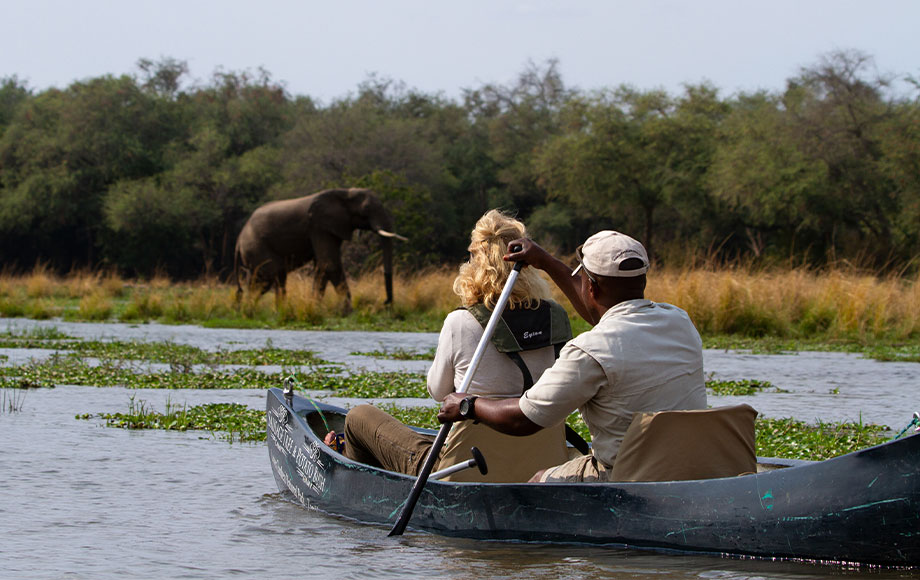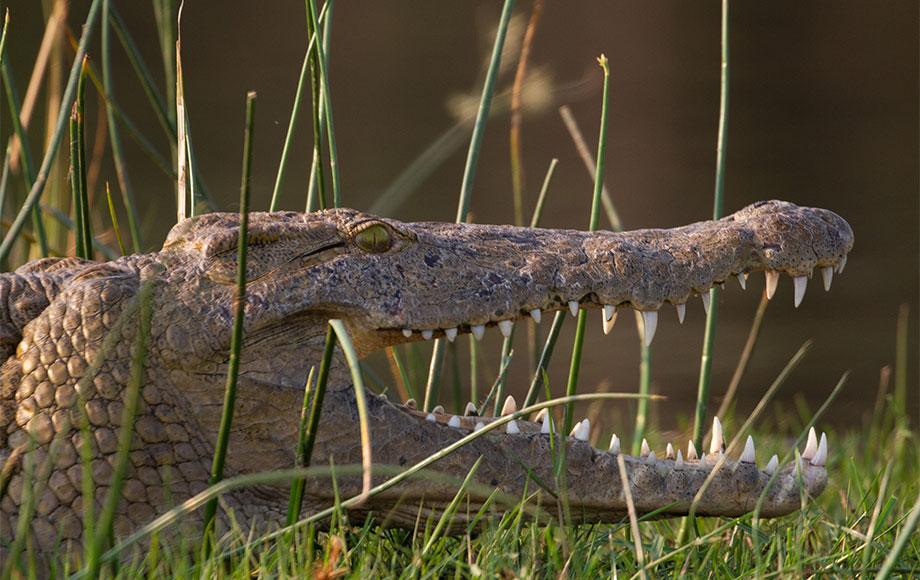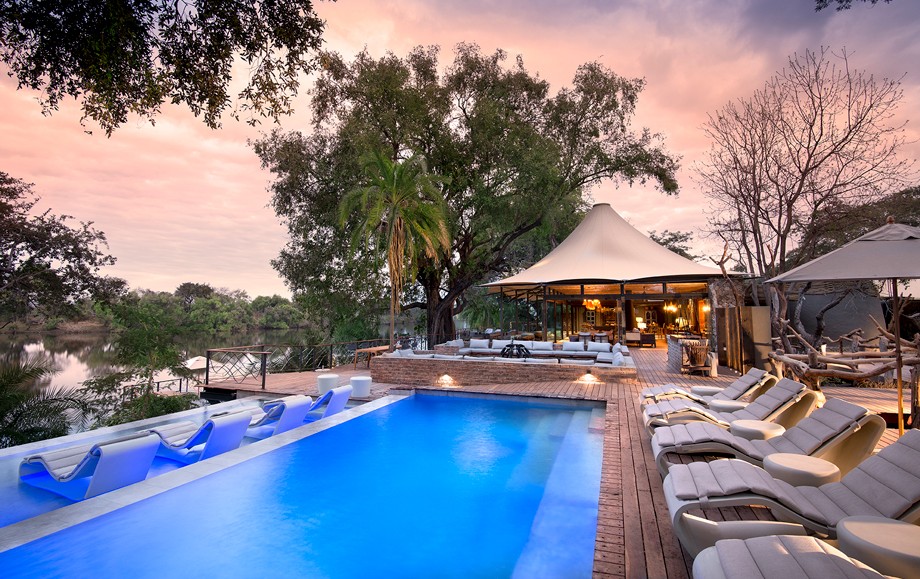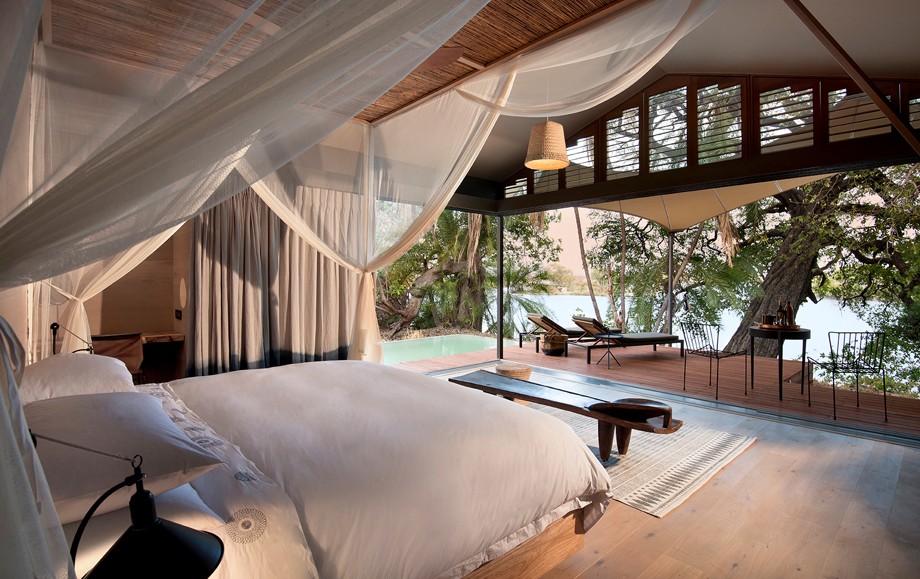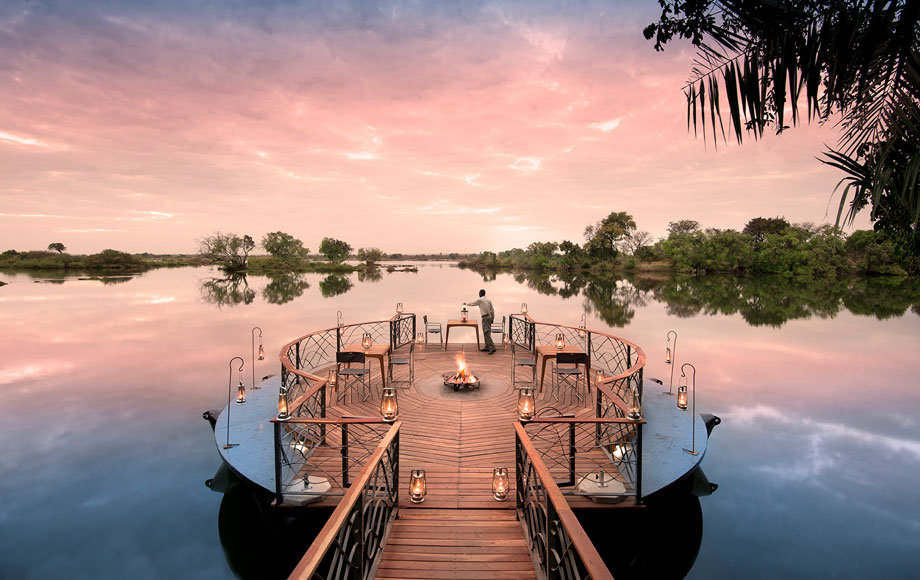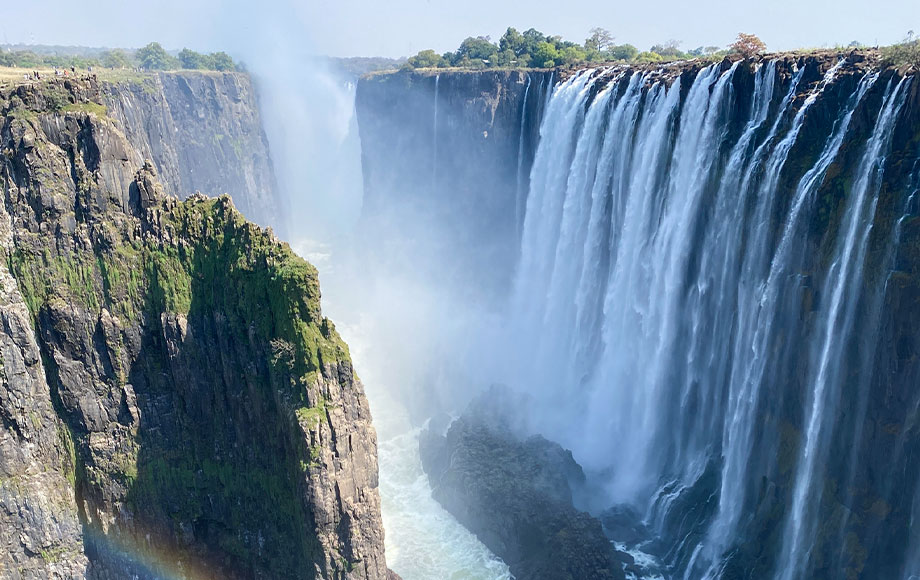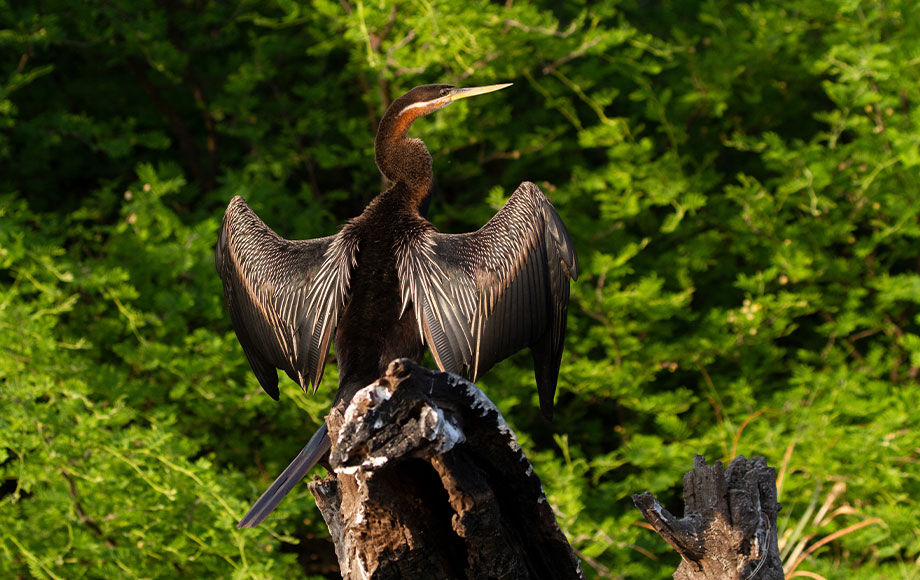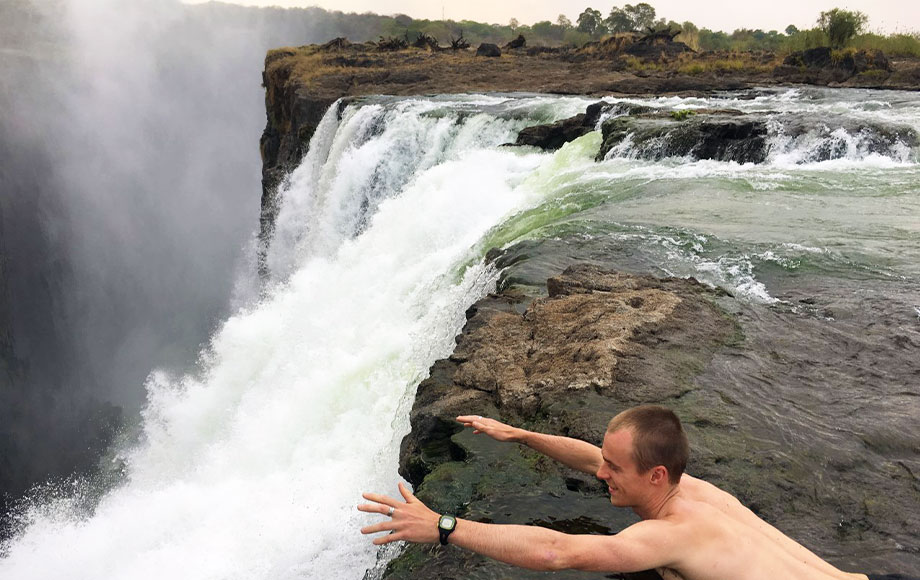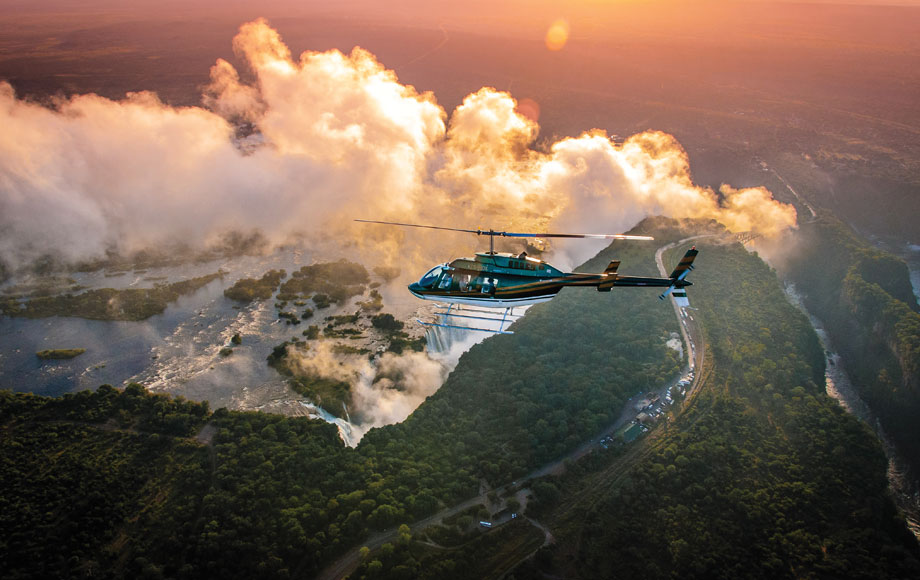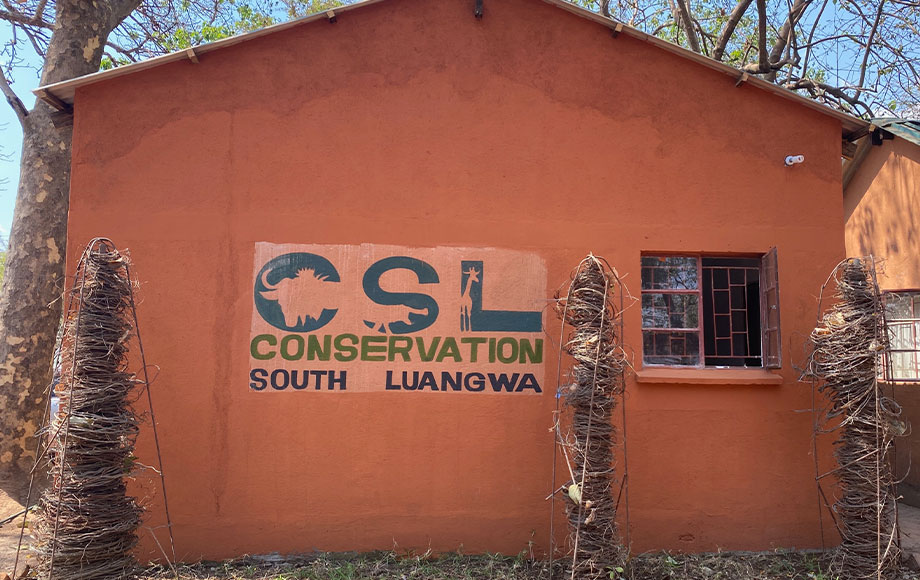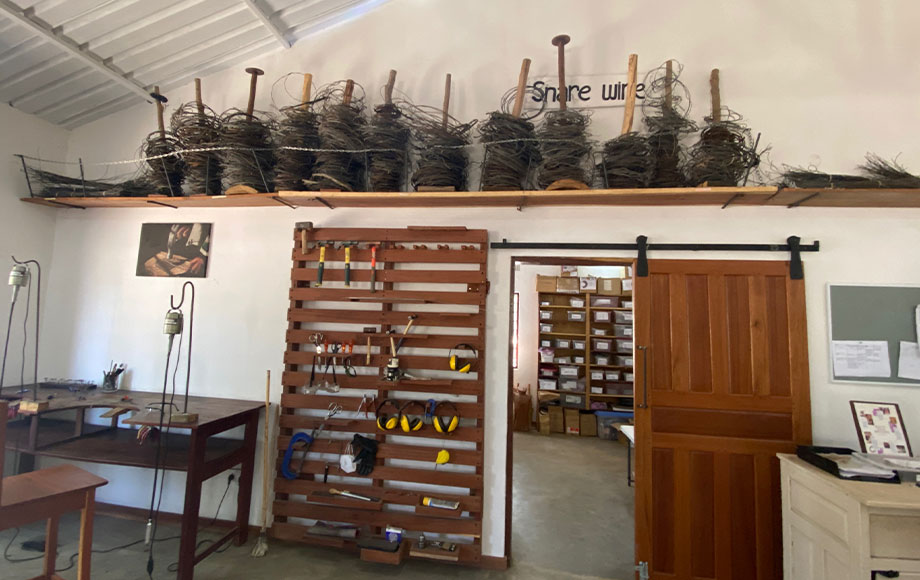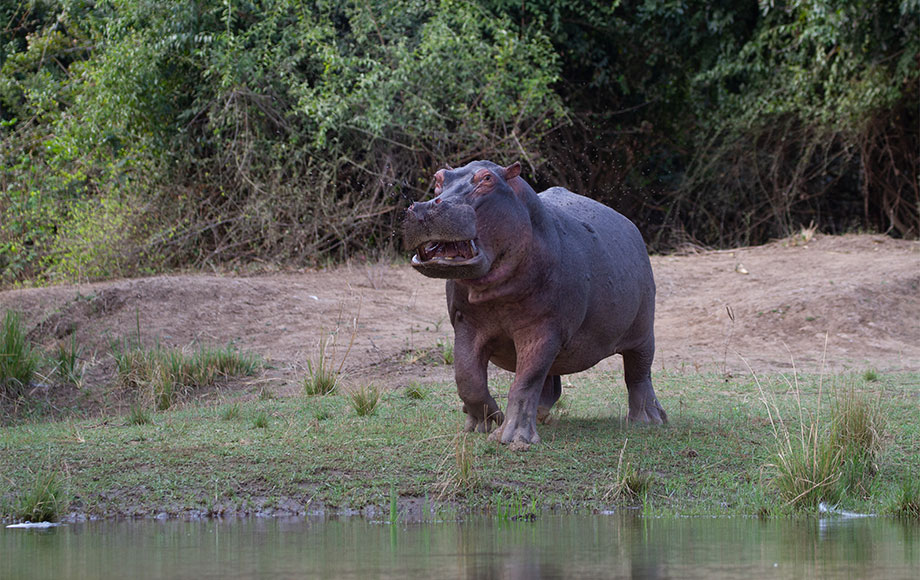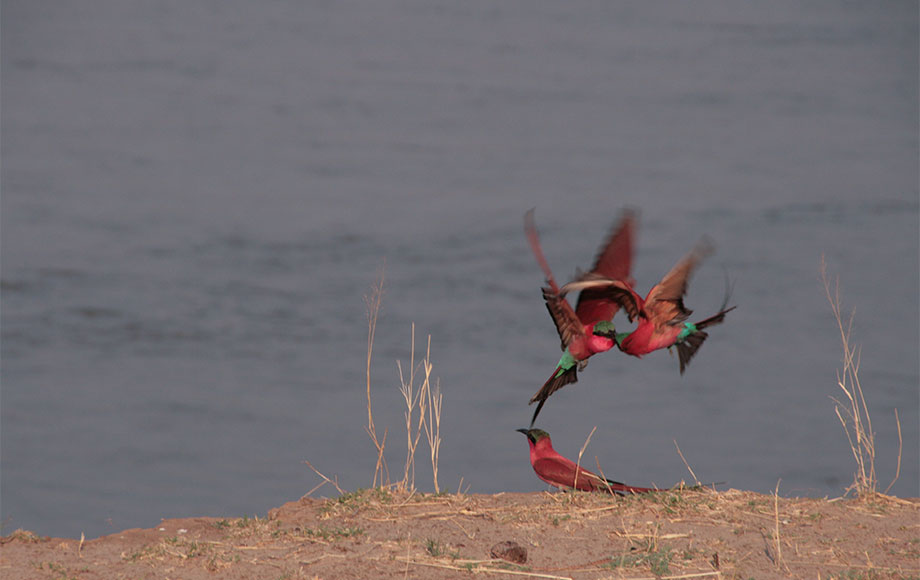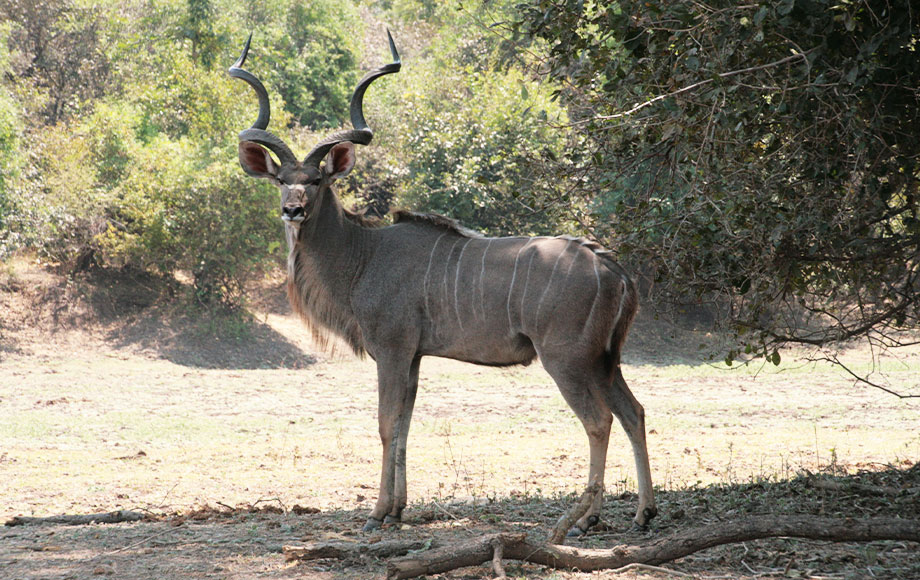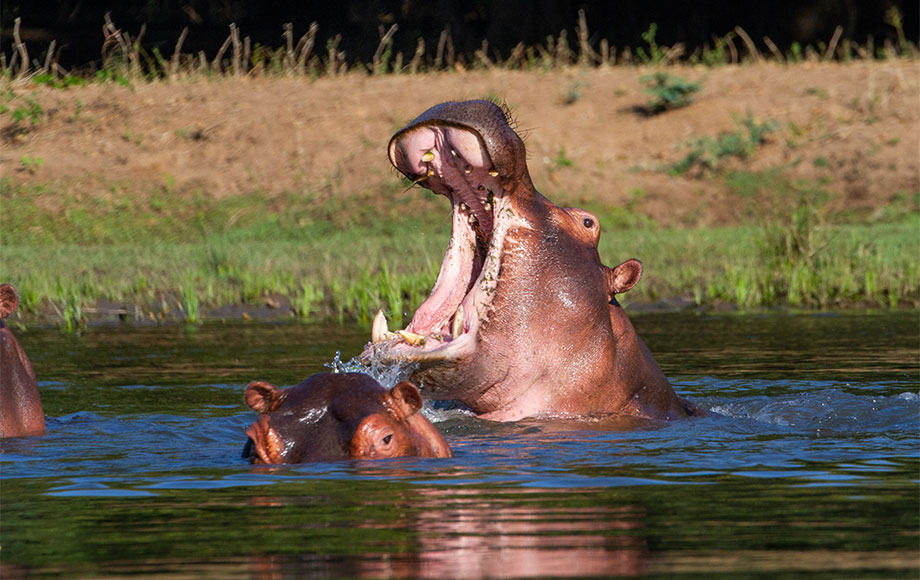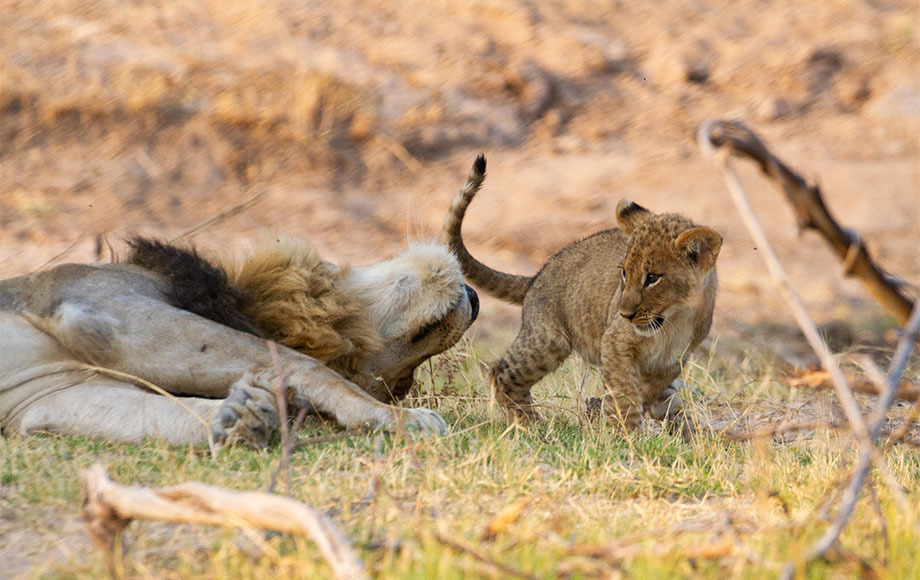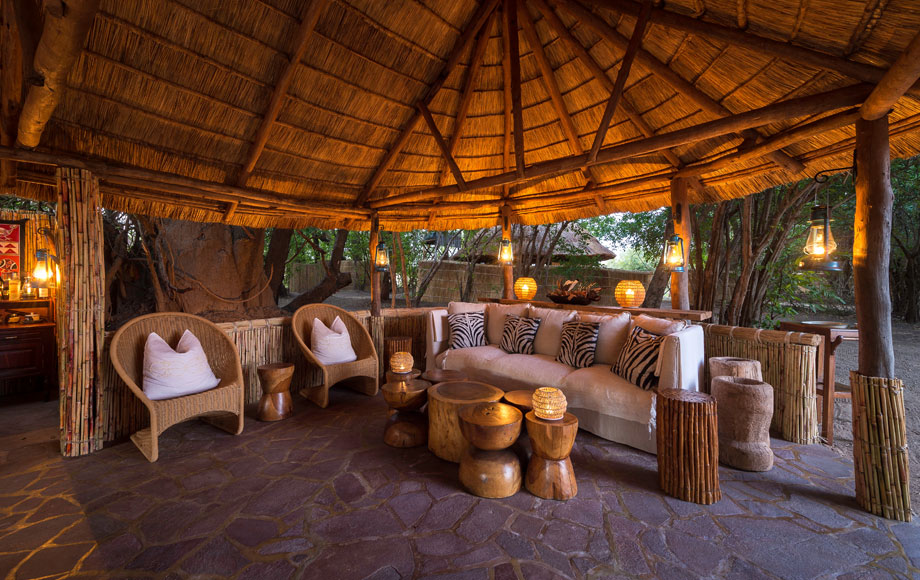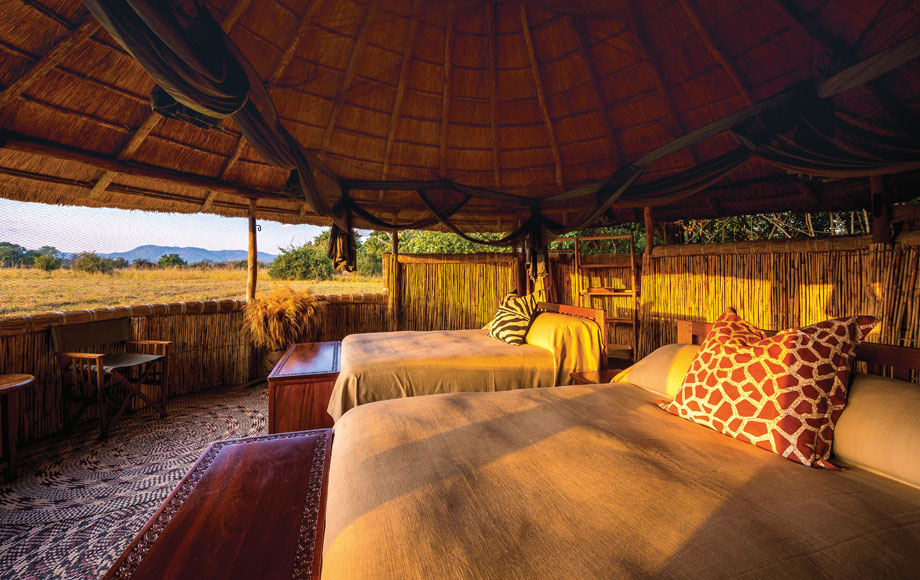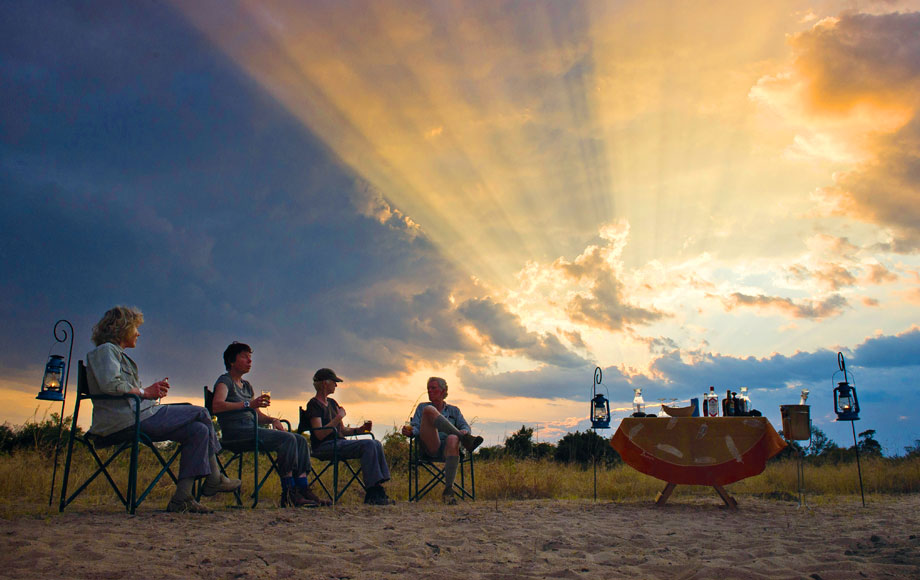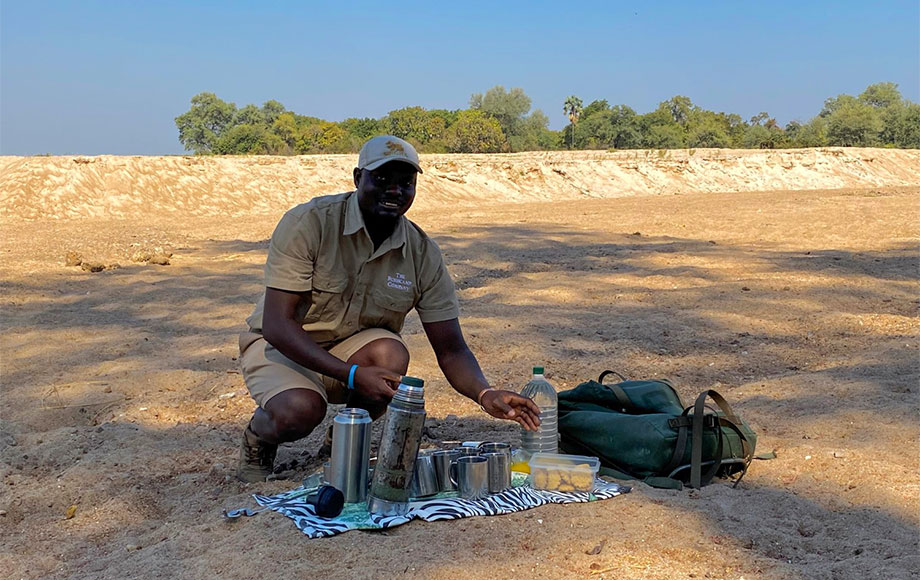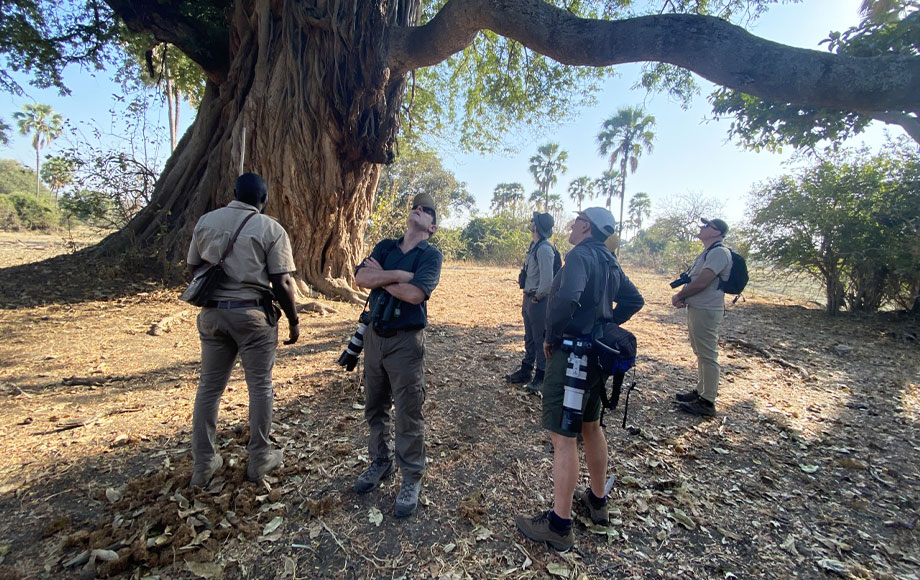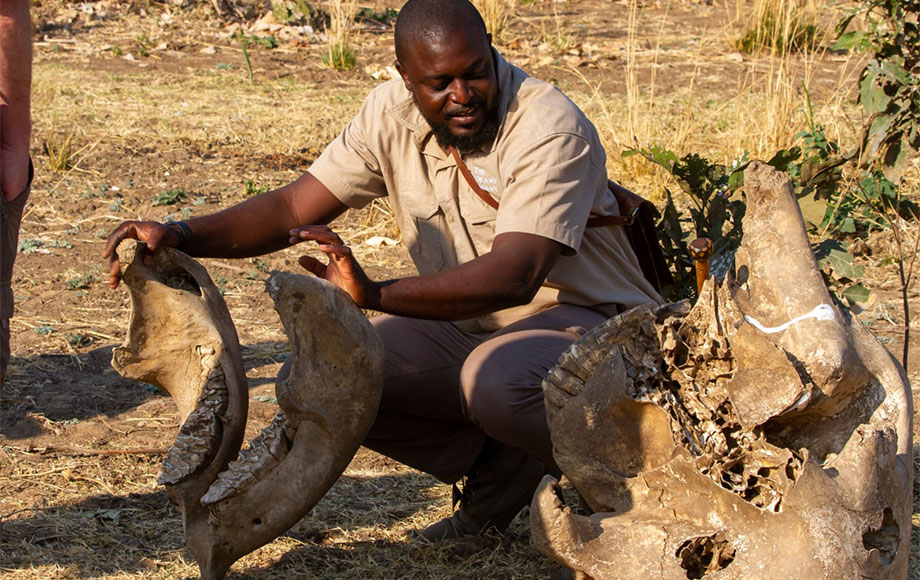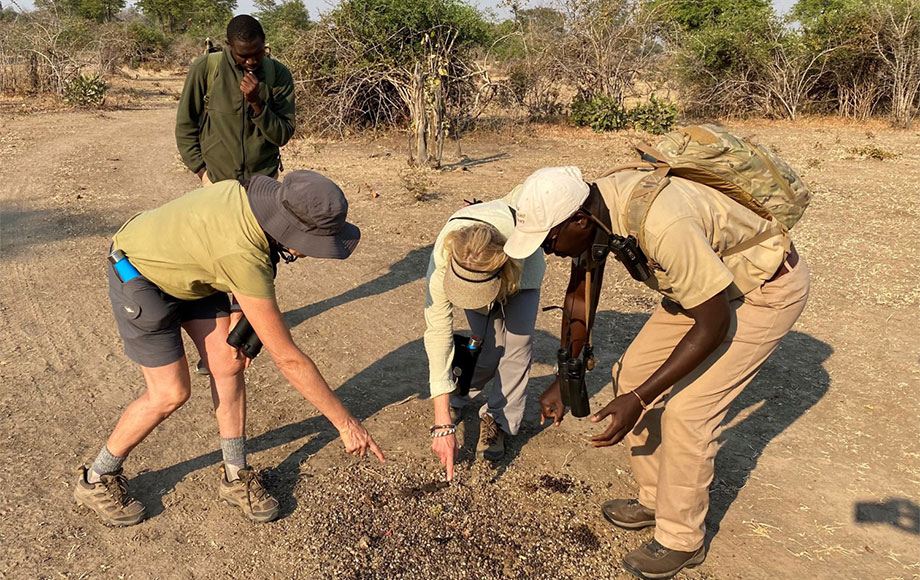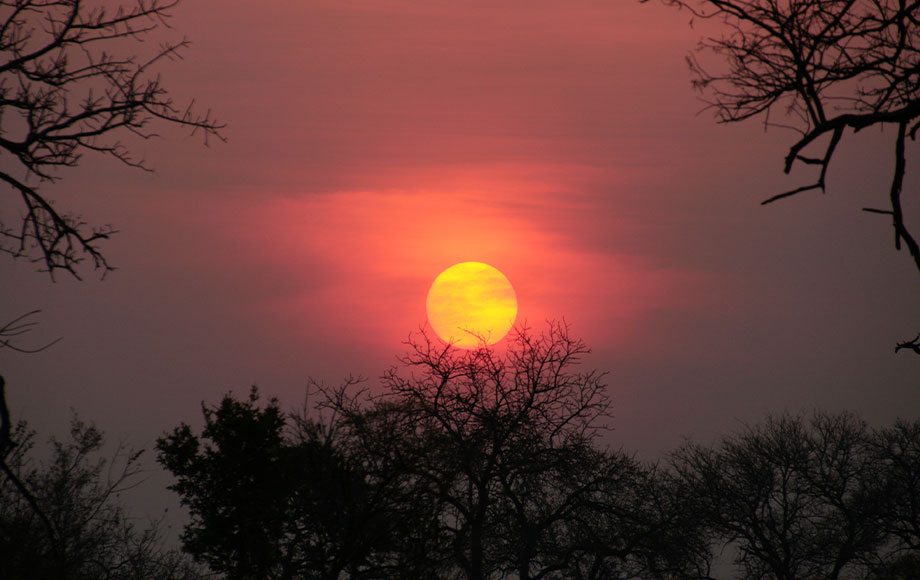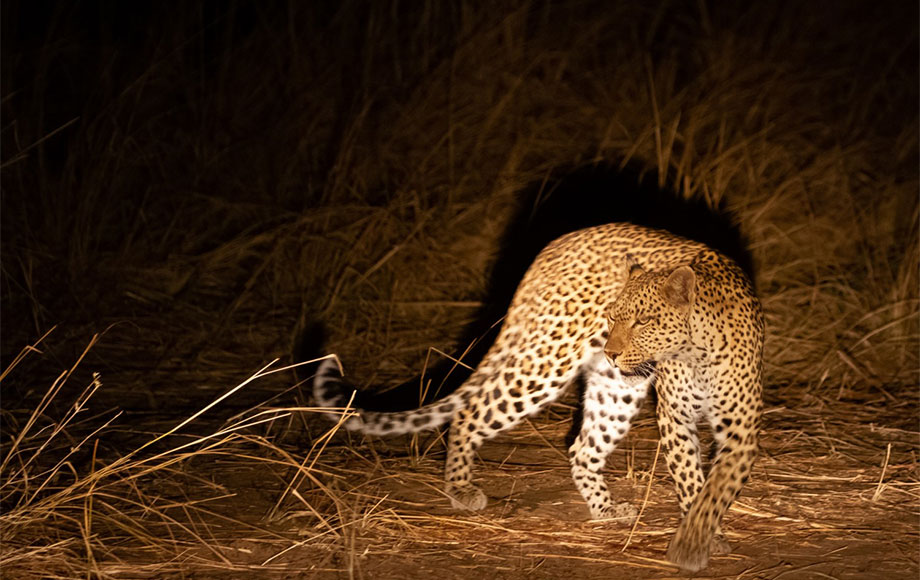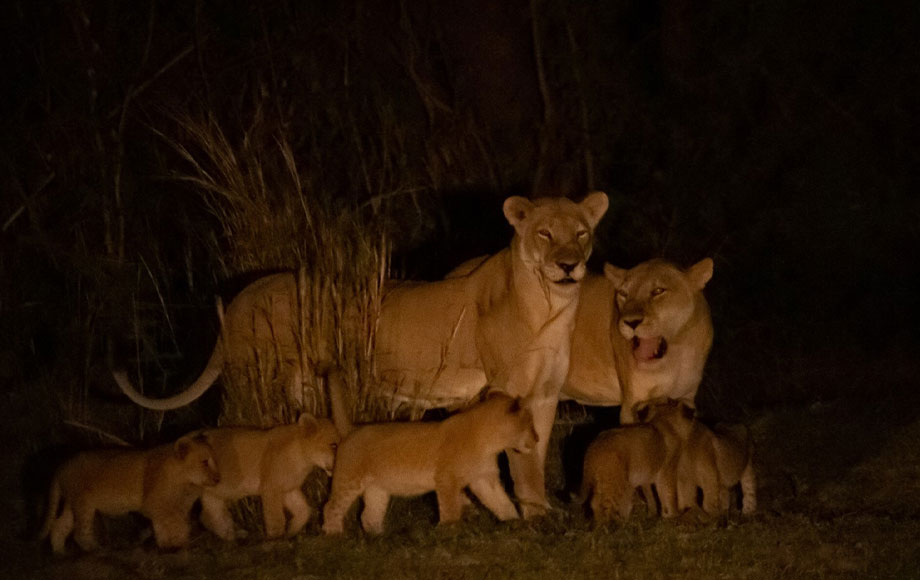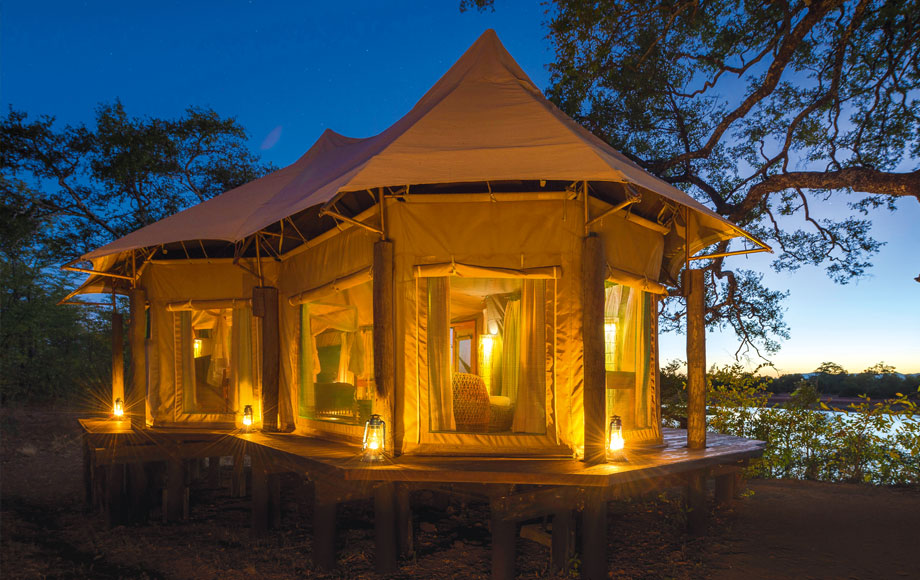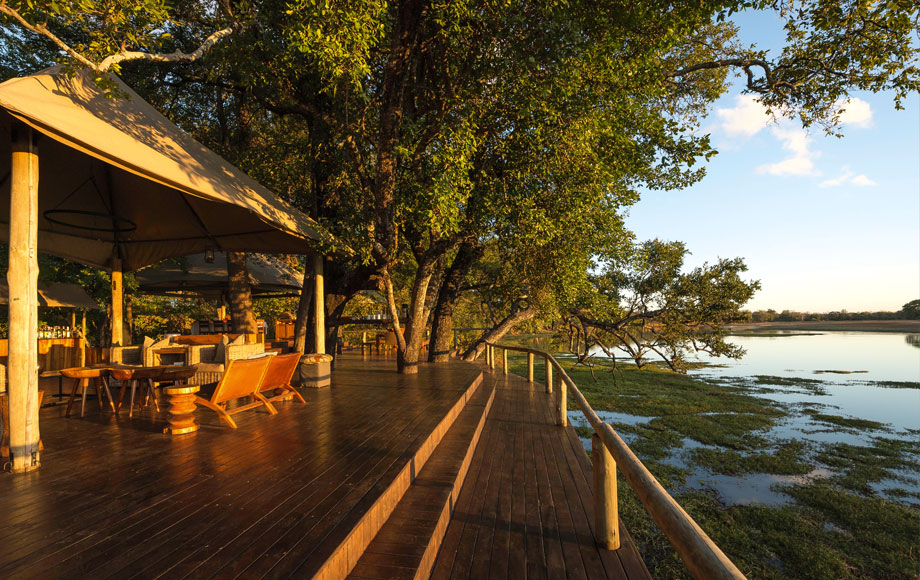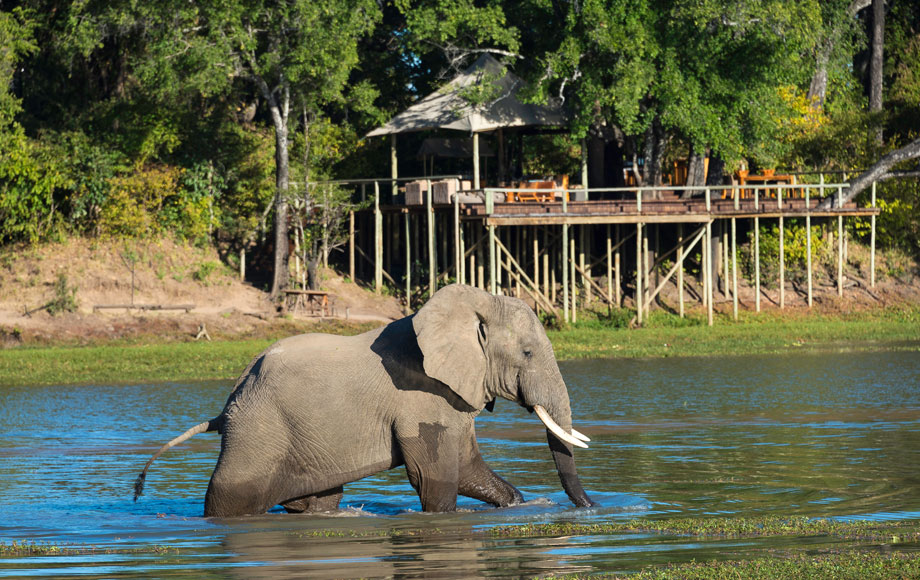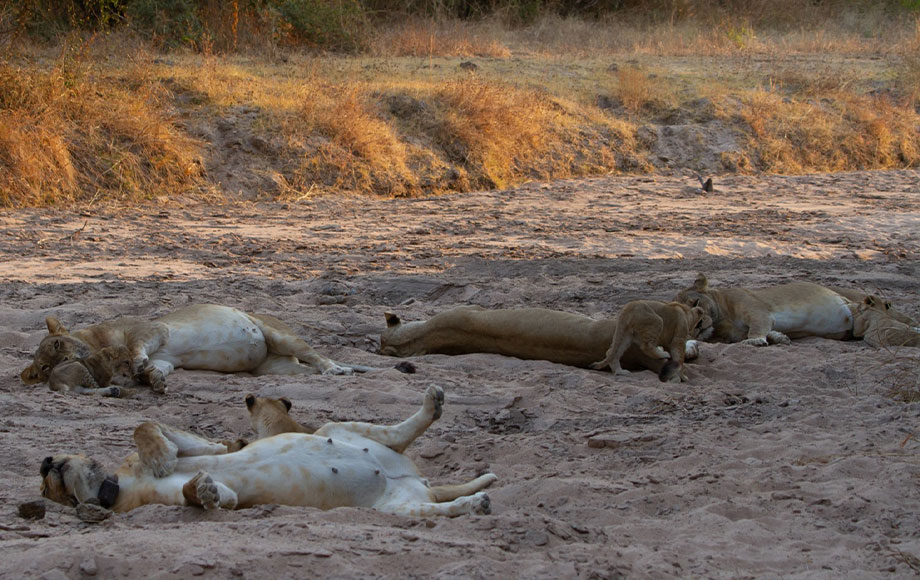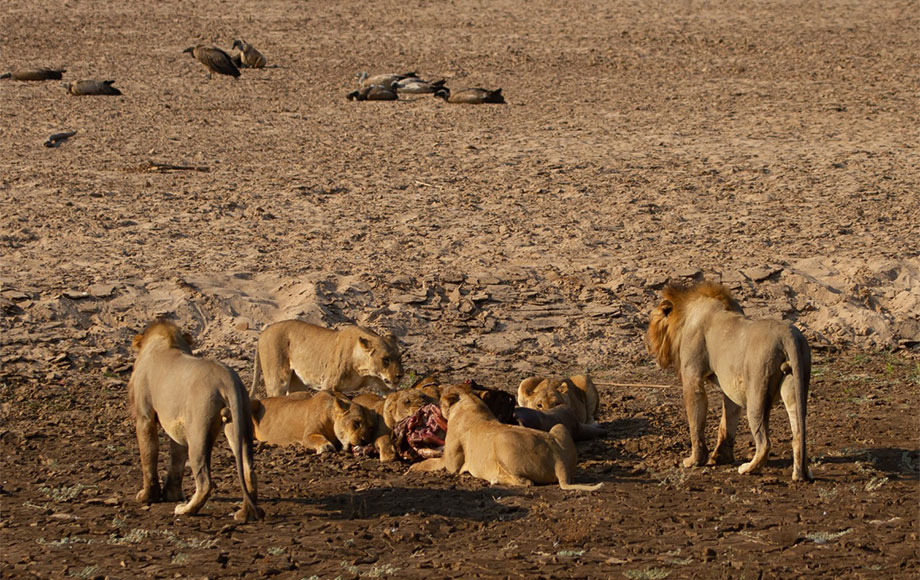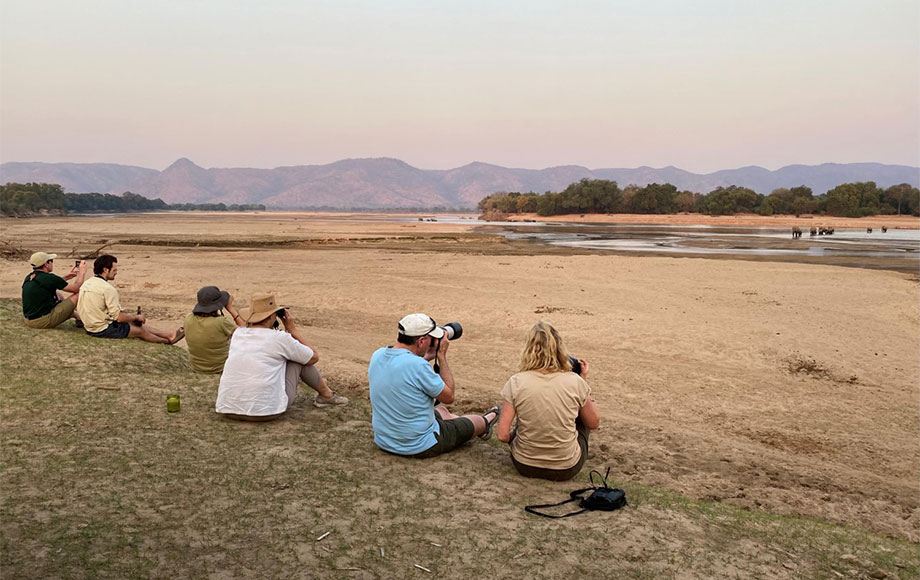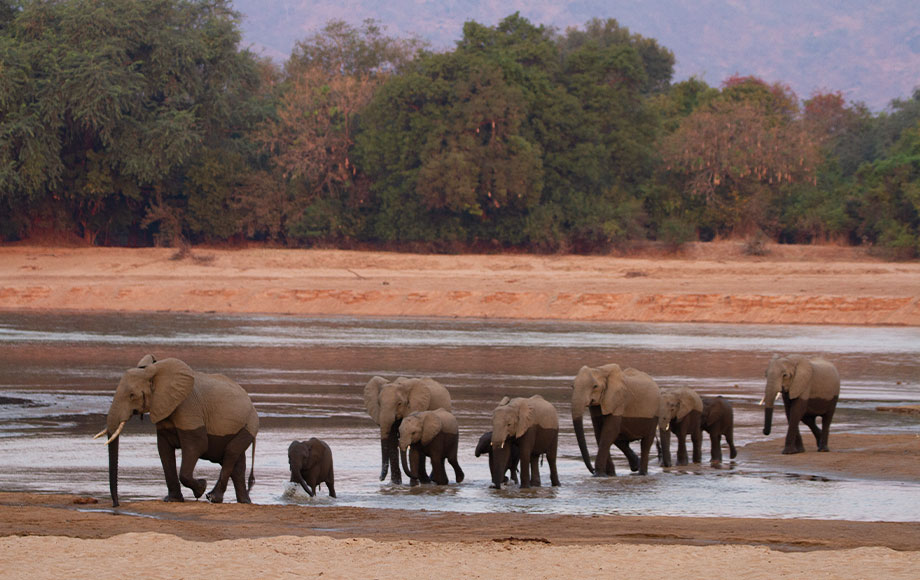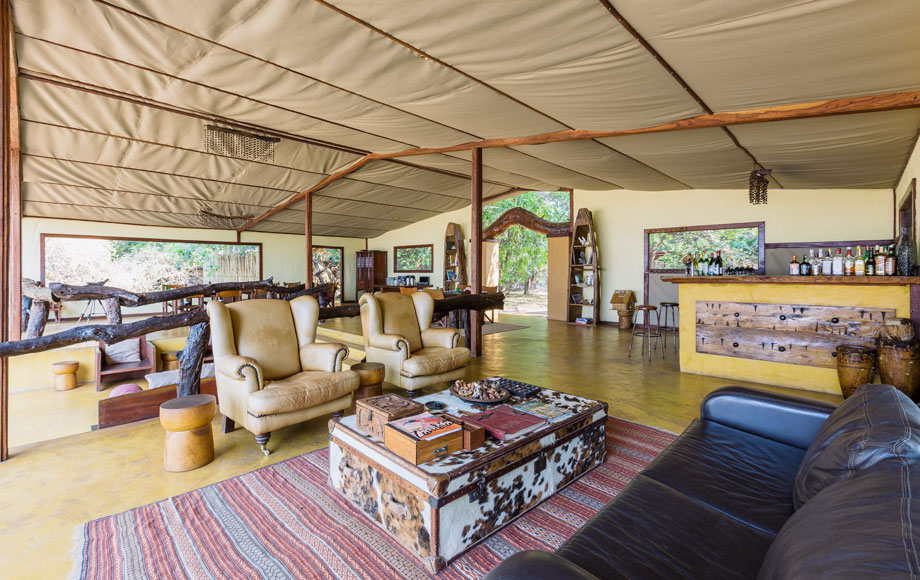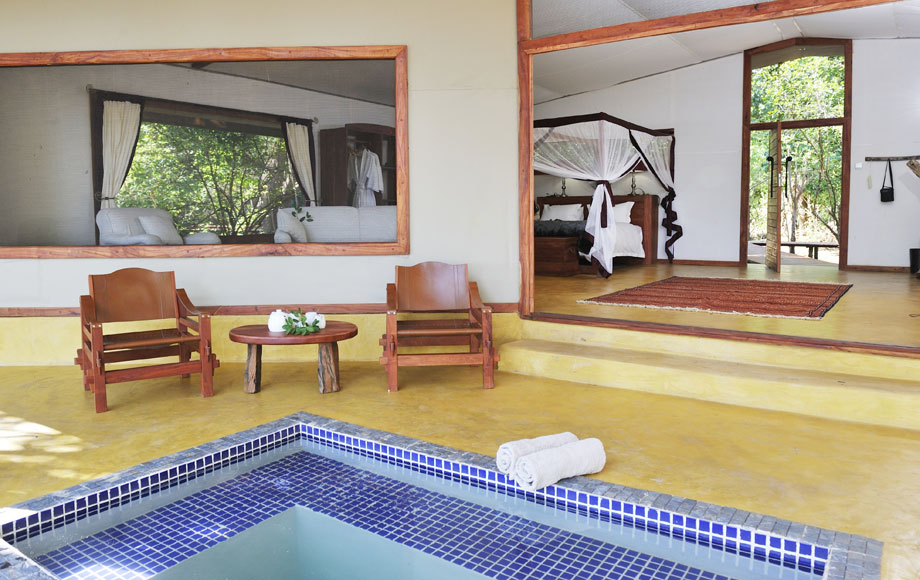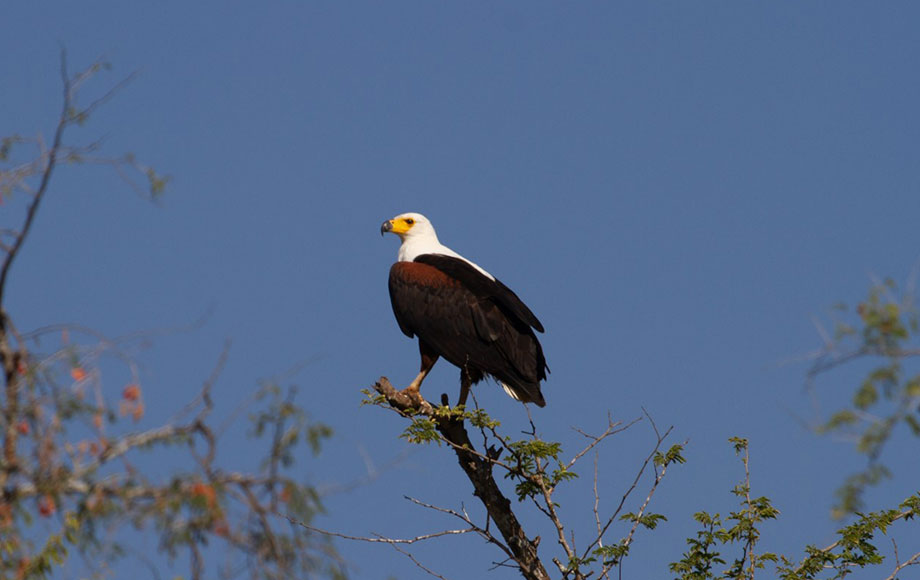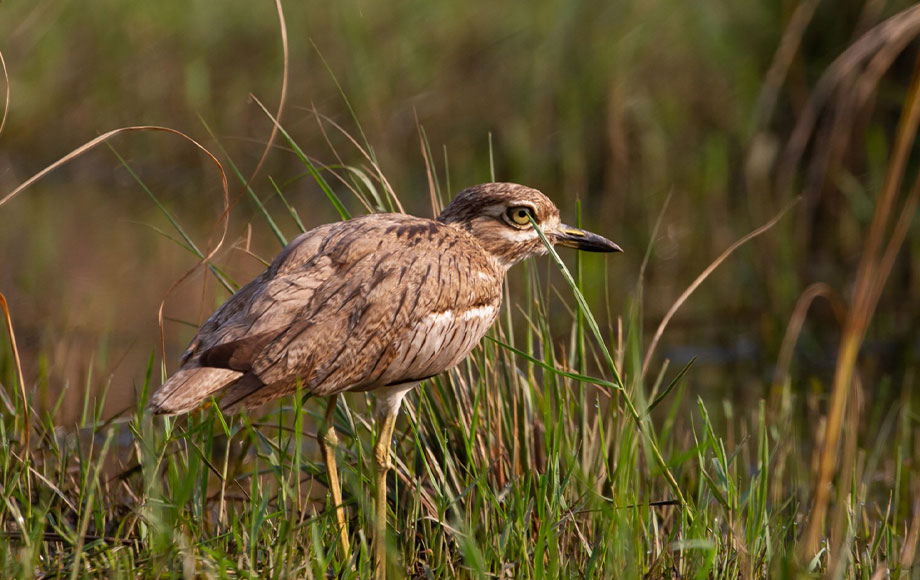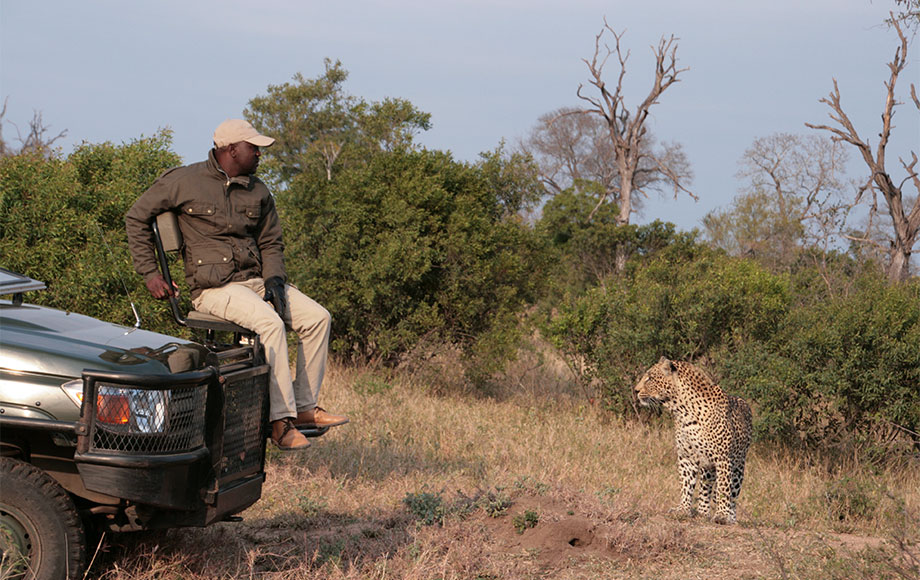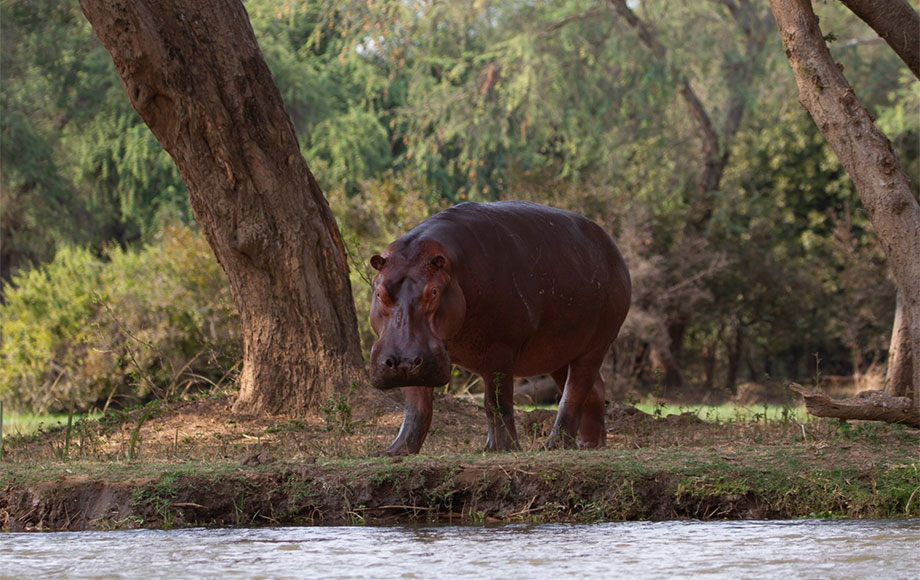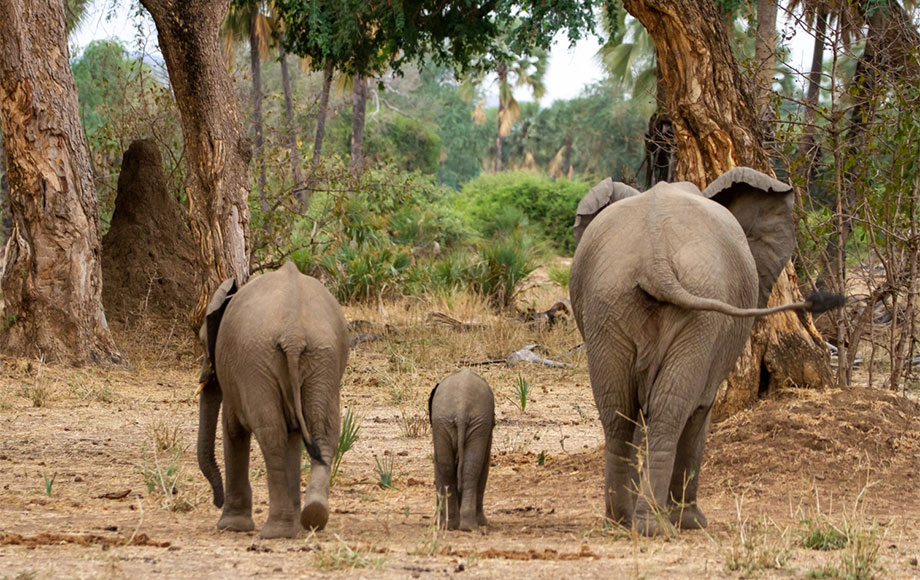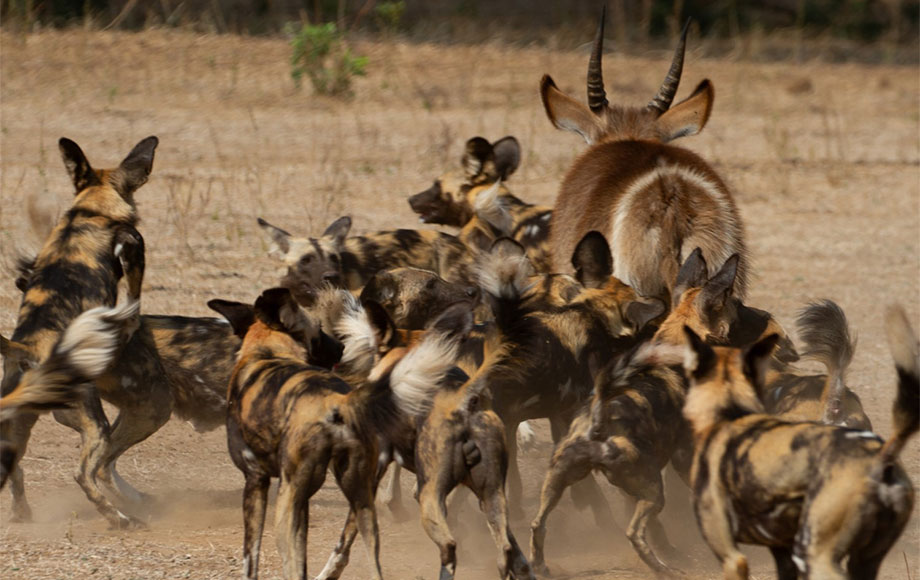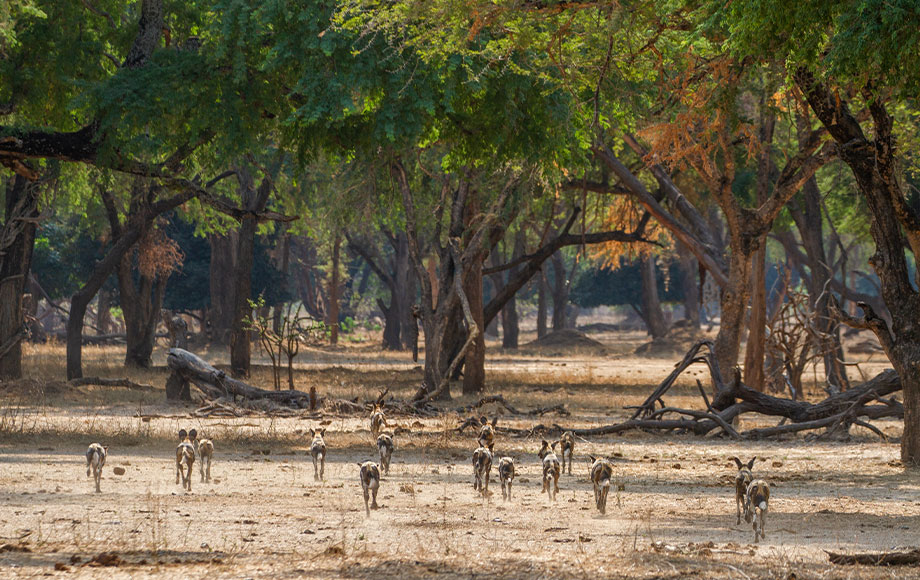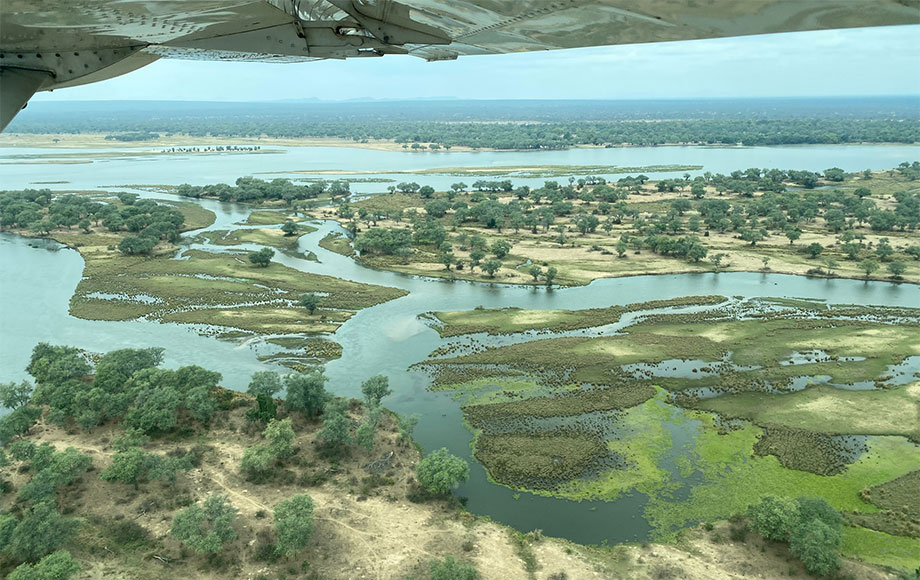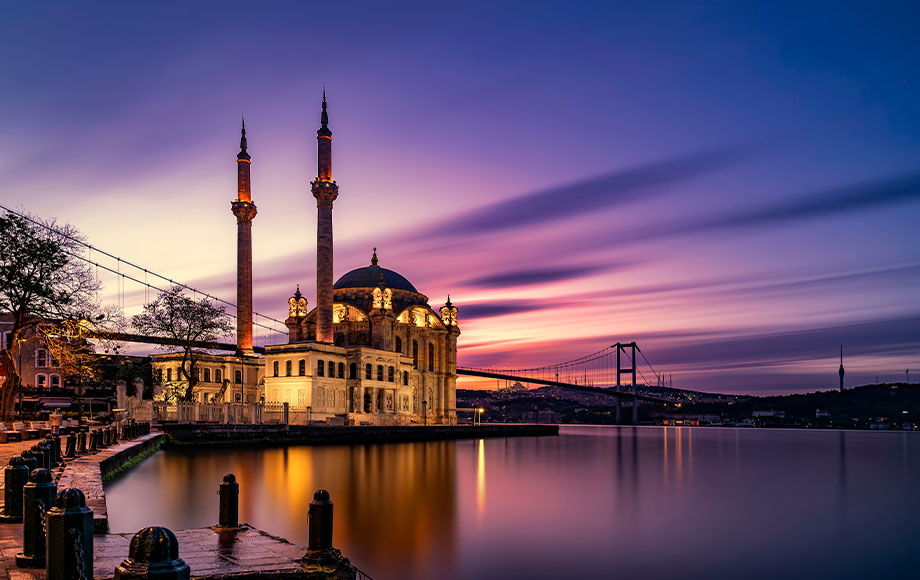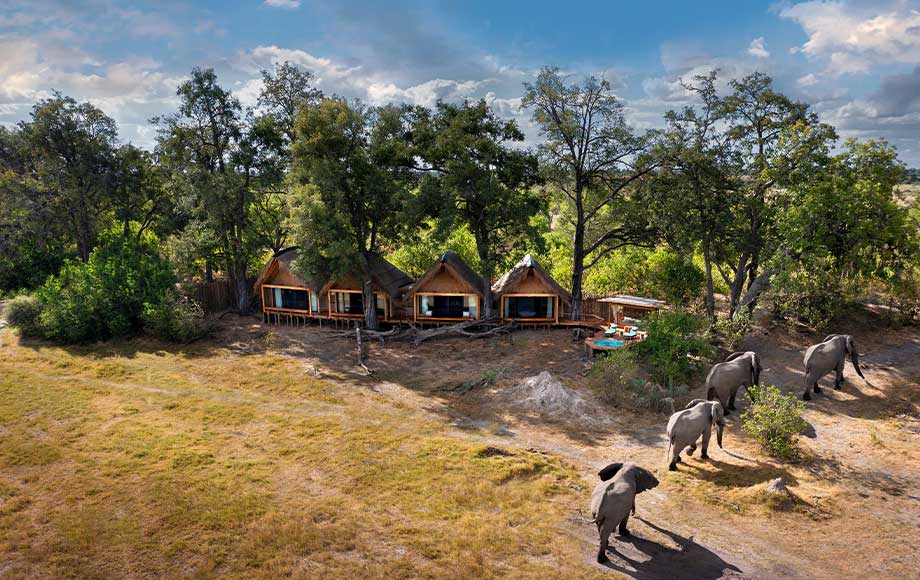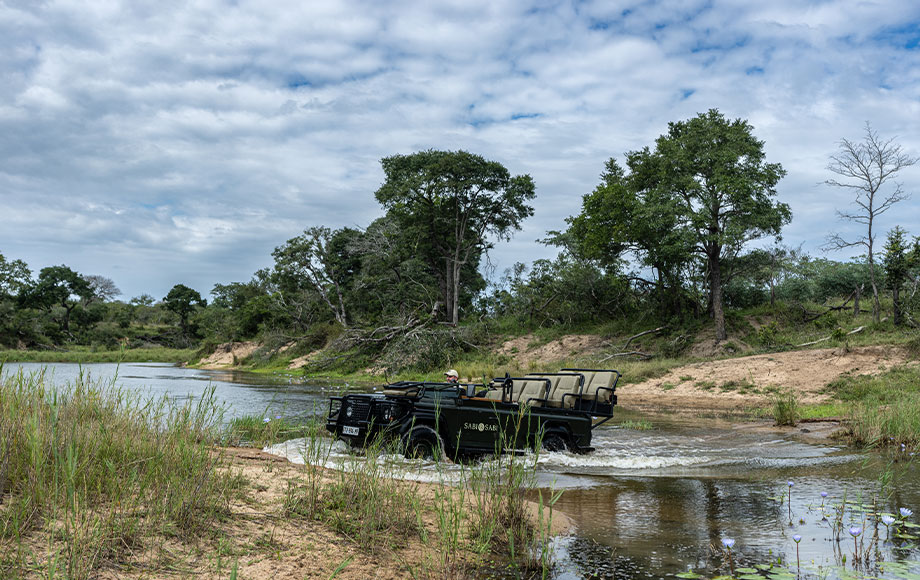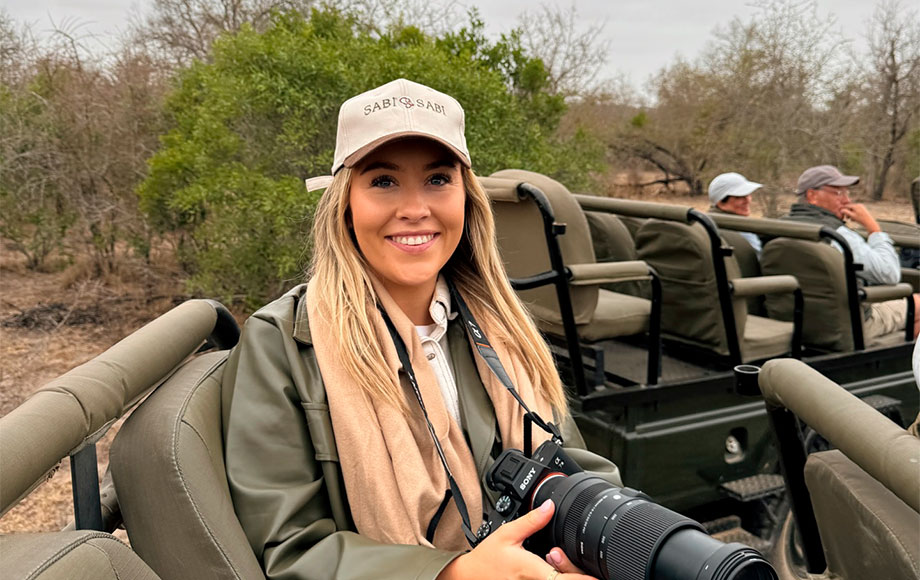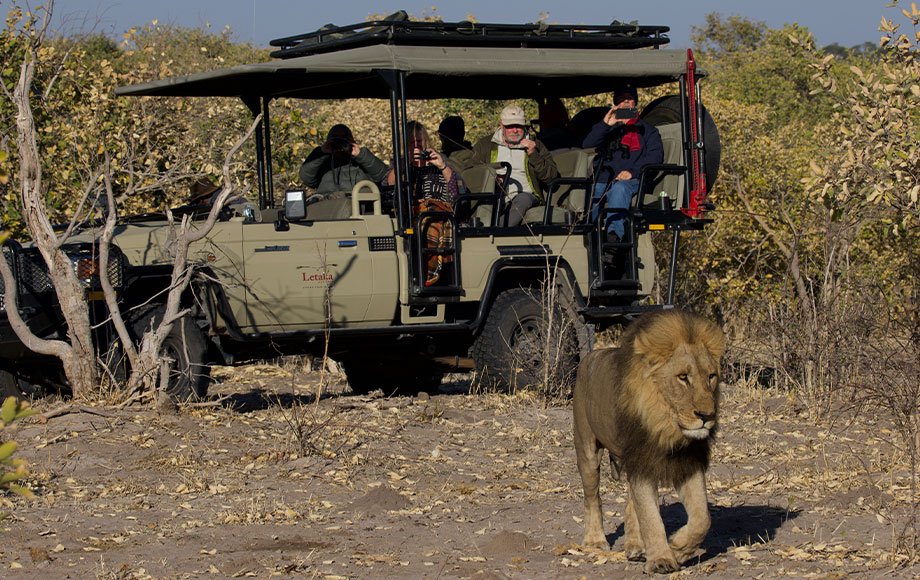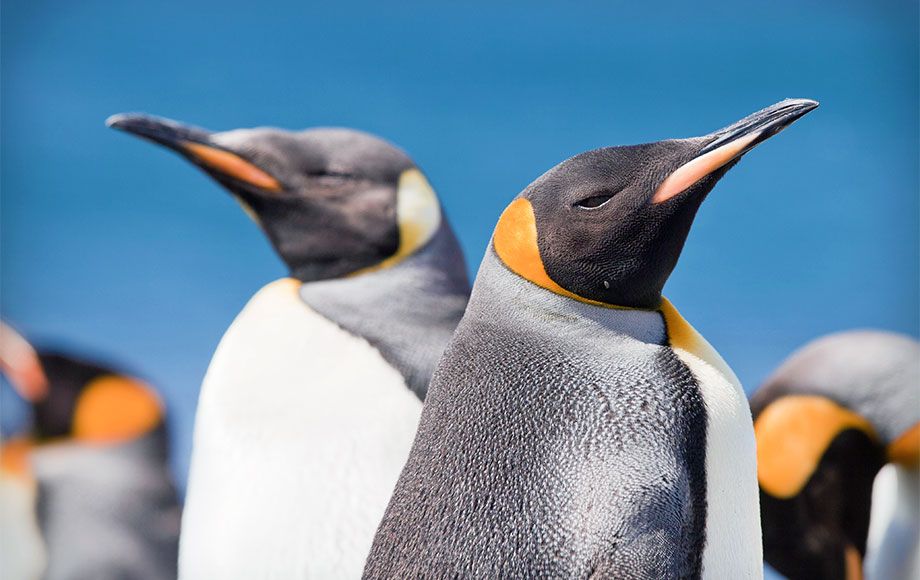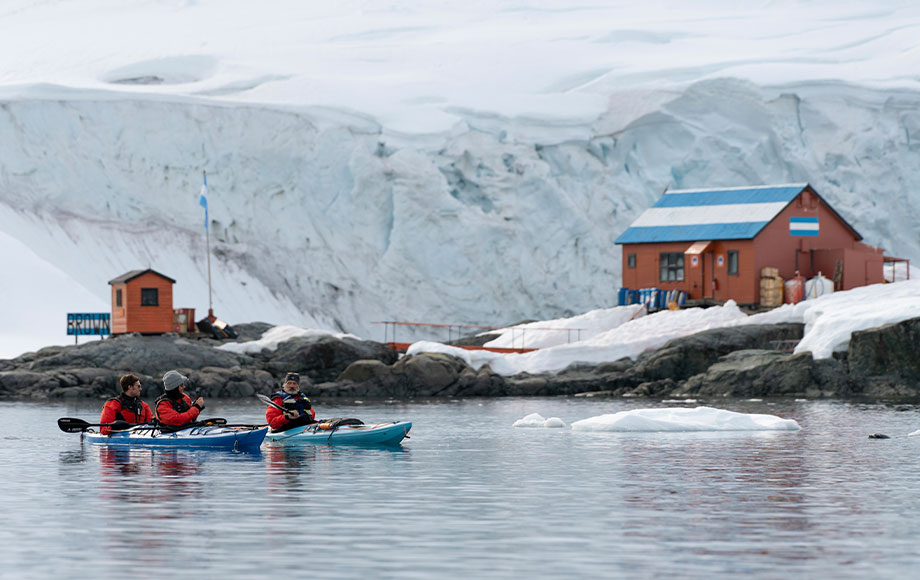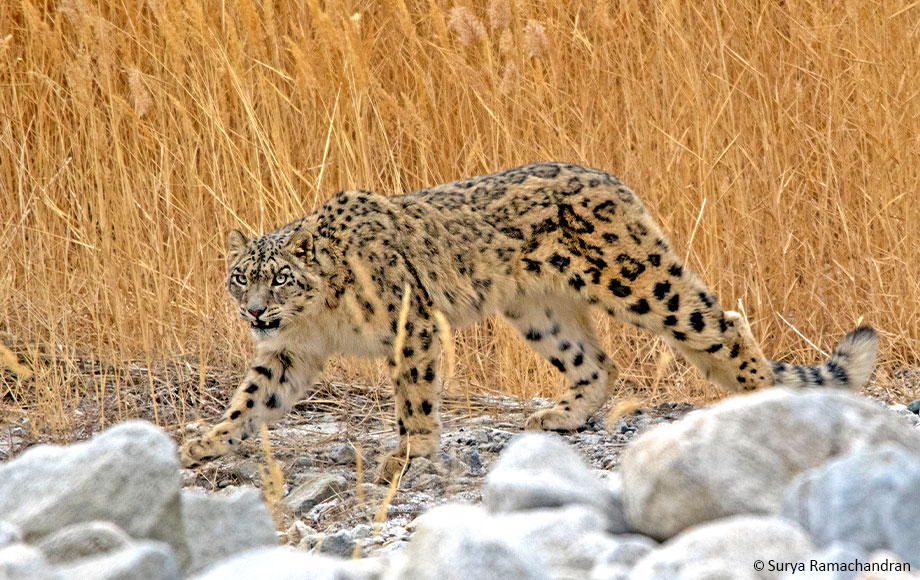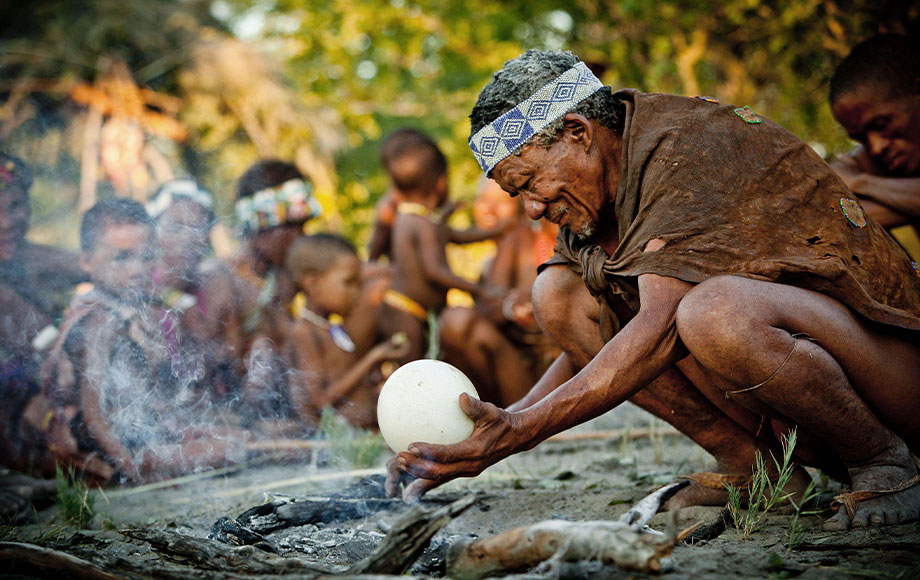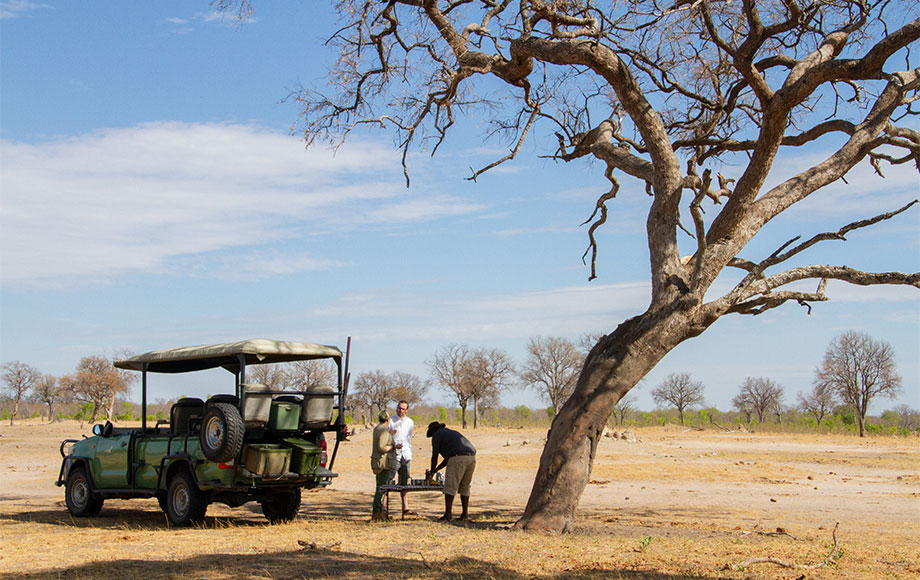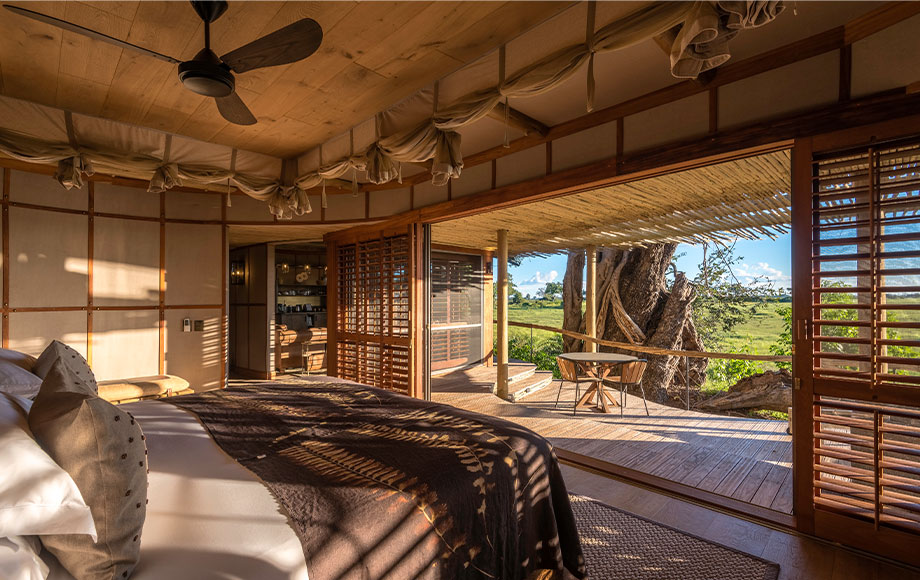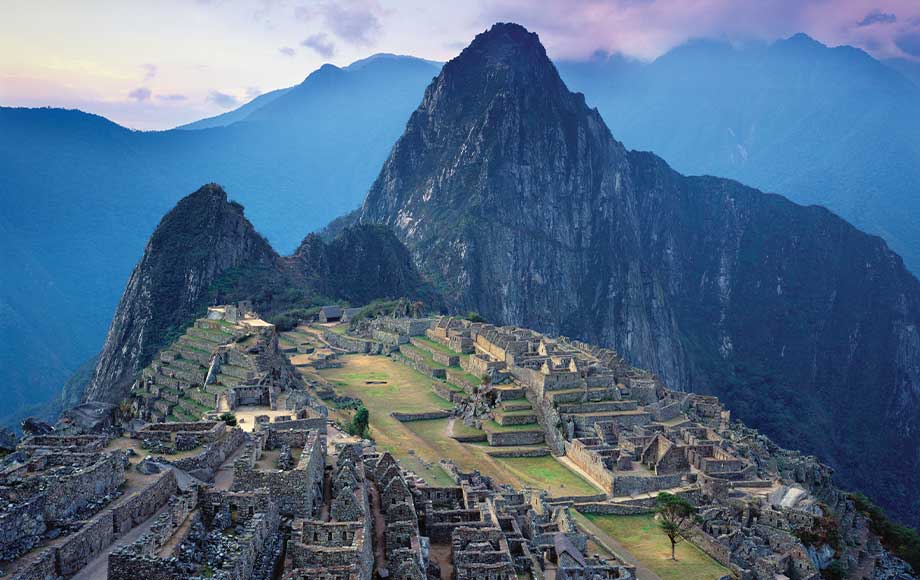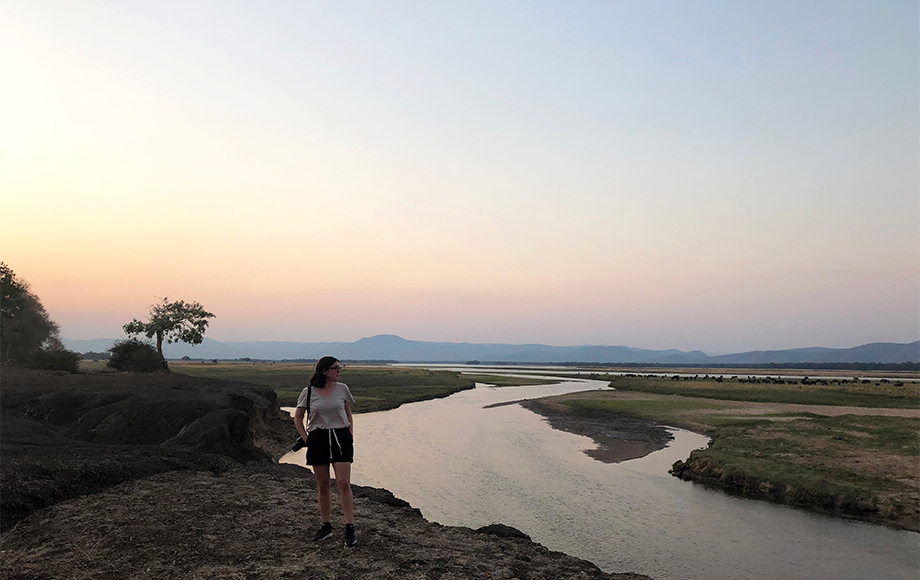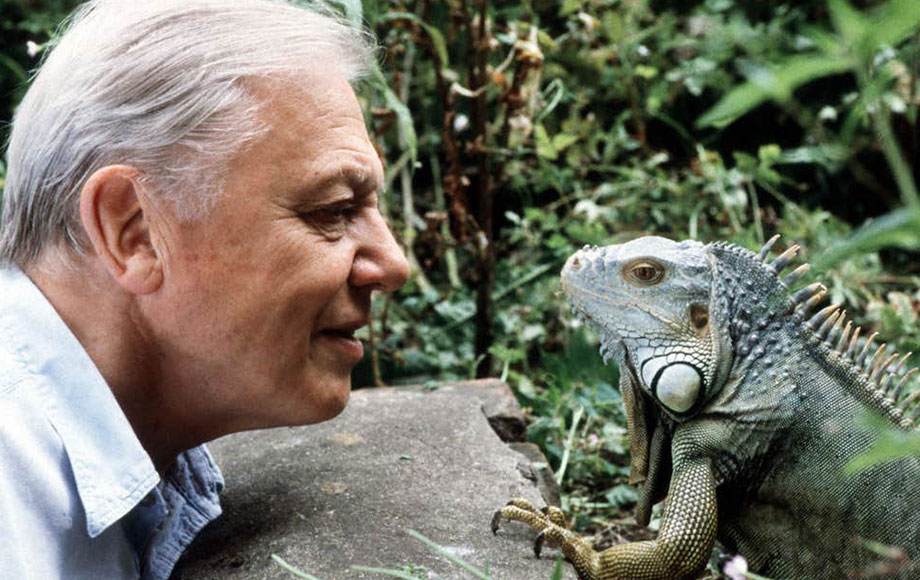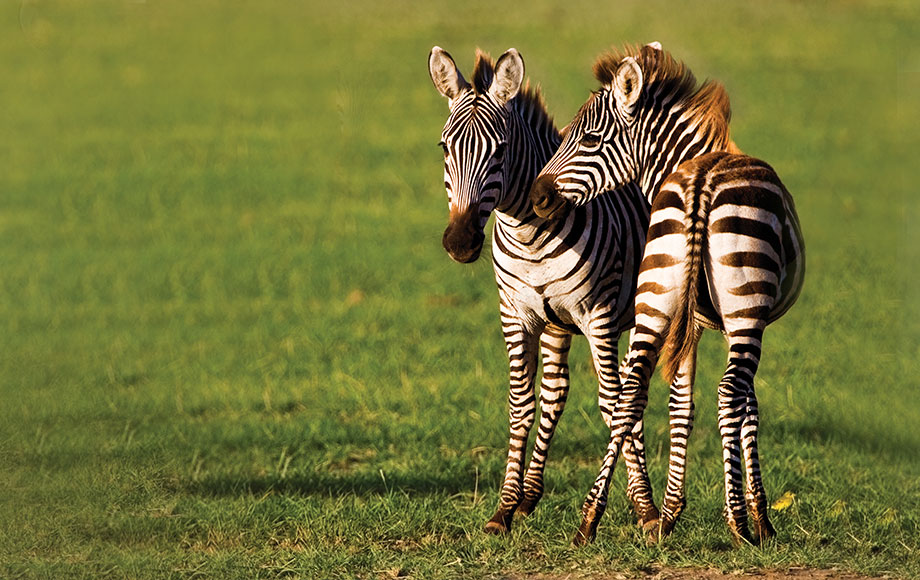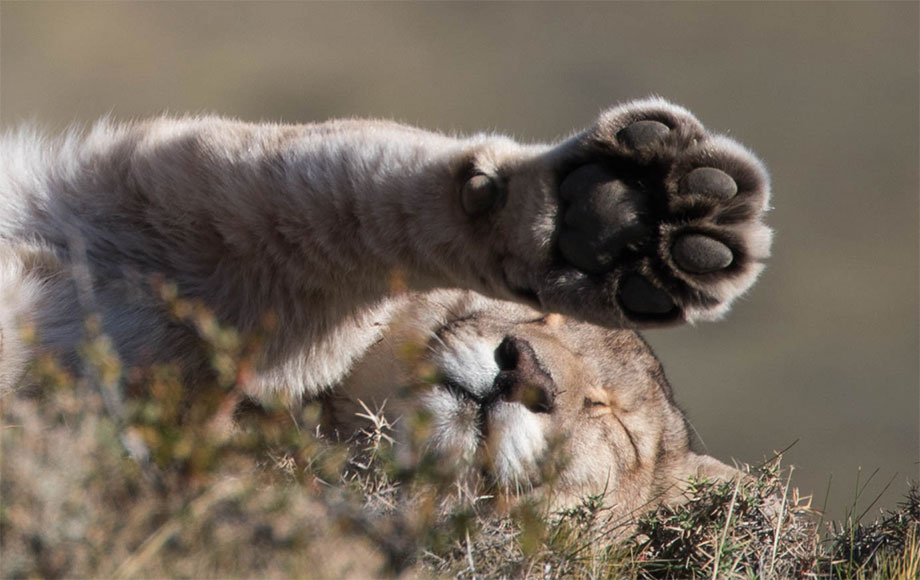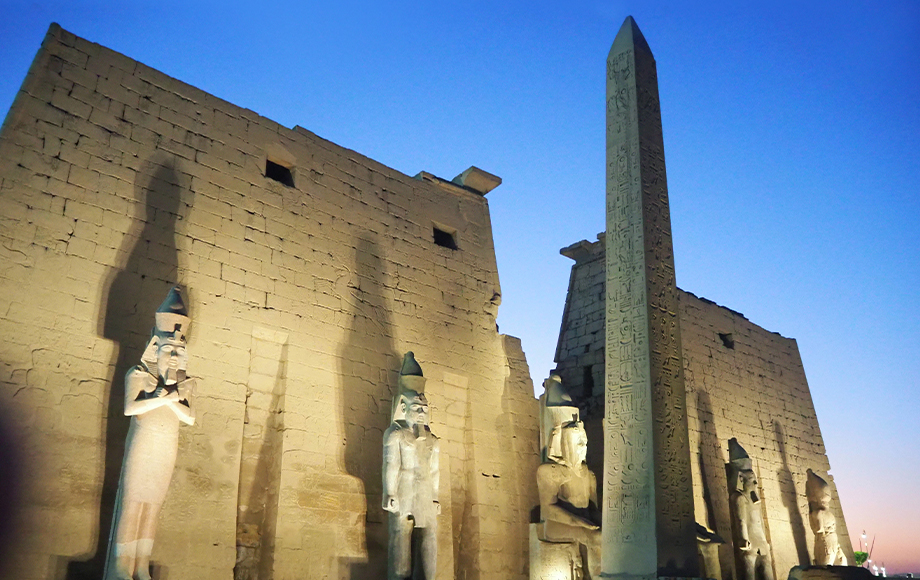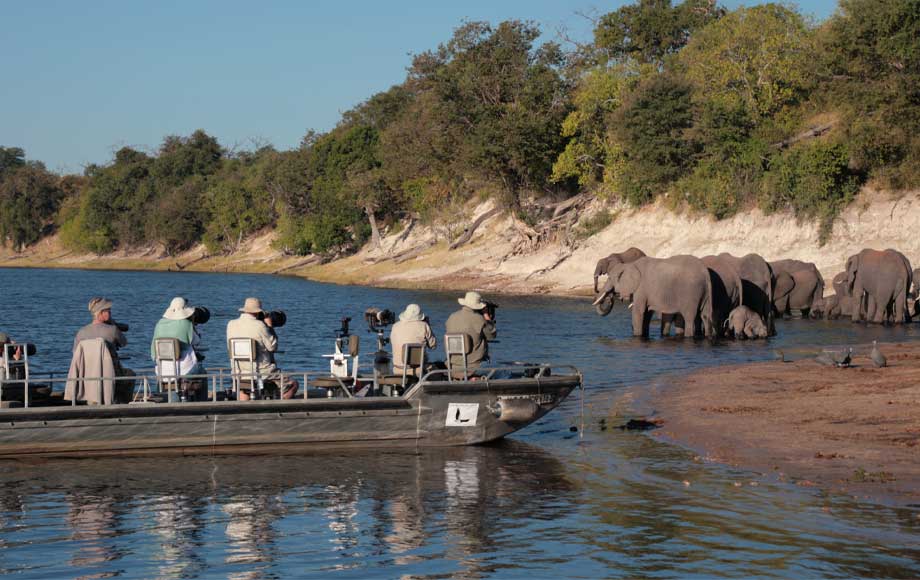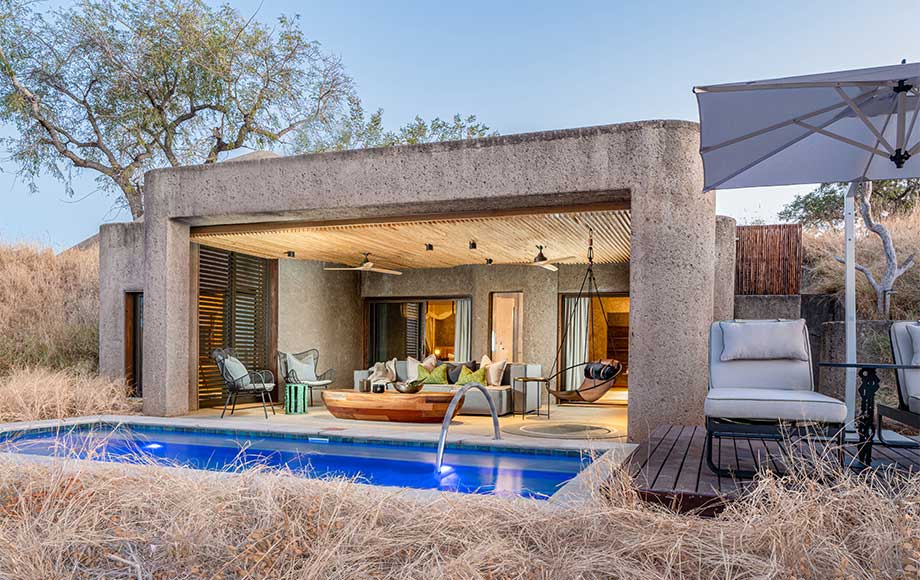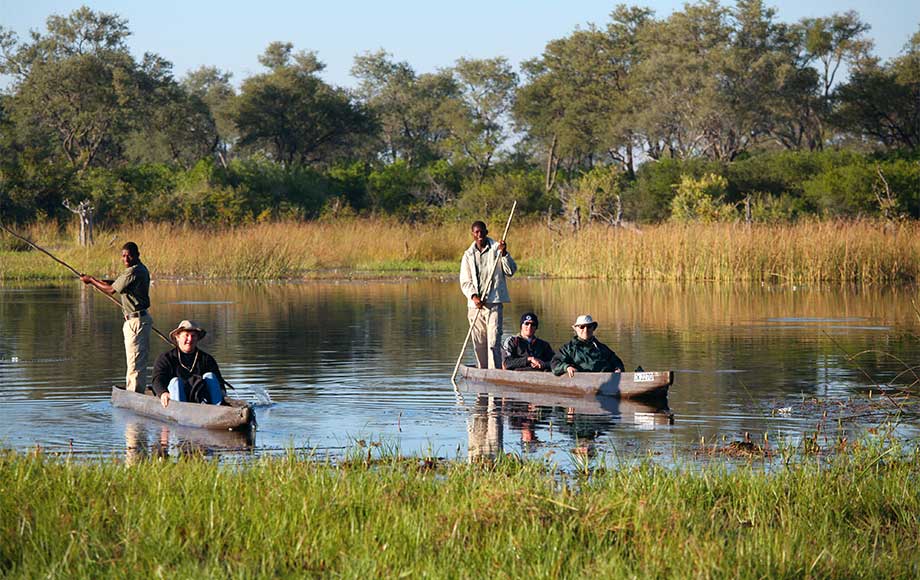In August 2022 Sara and Steve Cameron went on safari in Zambia escorting a small group of 7 guests from Australia. The itinerary combined the magnificent Victoria Falls near Livingstone with game viewing in the South Luangwa and the Lower Zambezi national parks. The wildlife viewing was astonishing, and you can read below an account of their experiences and discover why Zambia is one of their favourite destinations.
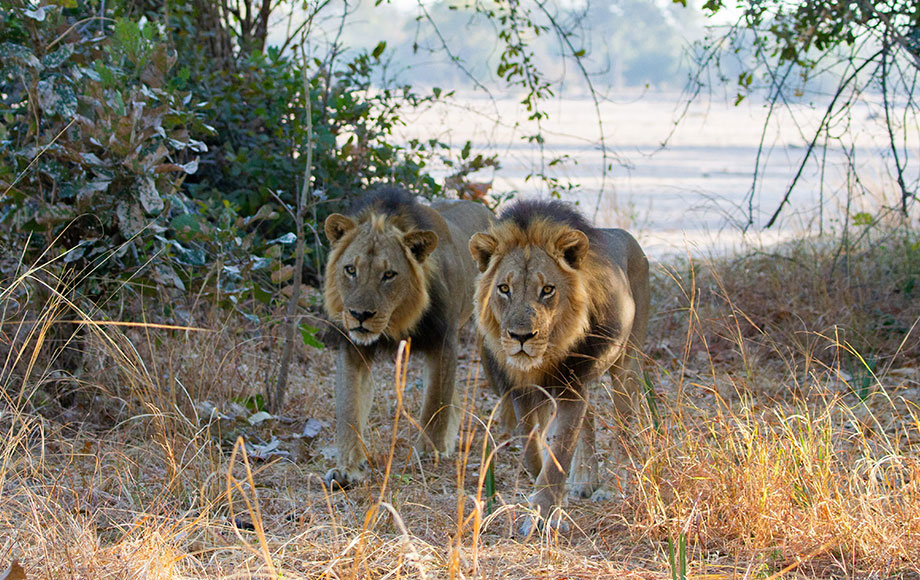
Zambia is not usually the first country that comes to mind when people think of an African safari, but our recent visit re-confirmed just why we love it so much. In recent years the more famous safari destinations of Kenya, Tanzania and Botswana have become extremely comfortable, even luxurious, in their tourist accommodations, with private plunge pools, gyms, luxuriant spas and even wine cellars. All this can be part of the experience but sometimes I miss the adventurous days of safaris long past. That’s why we love Zambia, where already there are many glamorous lodges, but it is still possible to get away from it all to a tiny bush camp in the heart of the wild.
Our safari began at beautiful Thorntree River Lodge on the banks of the Zambezi River, just upstream from the Victoria Falls. This mighty river flowed right in front of the main lodge and the tented suites strung along the riverbank. Expansive views stretched across the water to wooded islands and the shores of Zimbabwe on the other side. From a small pier below the lodge we could step aboard a motor boat for guided sunrise or sunset cruises in search of birds and animals on the river banks. A pod of hippo often wallowed just offshore from camp, and a large resident crocodile nicknamed “Bismark” could be spotted watching us with unblinking eyes.
The famous Victoria Falls were a short 20-minute drive away and we went with our guide Brett for a tour of the Zambian side, marvelling at the huge cascade of water despite this being the dry season. The water thundered over the Eastern Cataract throwing up spray and rainbows as we explored the many paths and viewing points along the cliff edge. Thrill seekers can go rafting or bungee jumping, or – as two fearless members of our group chose to do – swim in Devil’s Pool at the very edge of the precipice.
As Thorntree is inside the Mosi-oa-Tunya National Park there is a range of different activities to choose from, including guided game drives and bush walks, river cruises and catch and release fishing. Brett had an encyclopaedic knowledge of the wildlife and ecology of the area, as well as hair-raising stories about crocodiles and hippos. We went rhino tracking to see a group of protected white rhino, took a heart-stopping helicopter flight over the Falls, and also visited the colourful Livingstone craft market. But a favourite was definitely the early morning and late afternoon sundowner cruises on the river, watching wildlife on the water and the riverbanks, like gorgeous darters drying their wings, great white egrets, crocodiles and even a family of baboons playing hide-and-seek in a tree.
From Livingstone we flew via Lusaka to Mfuwe, the rural town near the entrance to the South Luangwa National Park. Here we met our two safari guides, Suzio and Prince, who would be constant companions for the next week. Before entering the park we visited Conservation South Luangwa for a talk by their staff on Human Wildlife Conflict. CSL work with community and conservation partners to protect the wildlife and habitats of the South Luangwa ecosystem. We also visited a wonderful community jewellery workshop where local craftswomen use snare wire recovered from poachers’ traps to create jewellery designs inspired by the African bush.
Crossing the bridge over the dark brown Luangwa River we were finally inside the park and immediately enjoyed our first wildlife sighting – hippos and crocodiles in muddy seasonal pools, a small herd of zebra, waterbuck and kudu antelope. As we drove further from the park gate we saw very few other vehicles. At one point we came across a lone male lion walking resolutely through the bush marking his territory.
Finally we arrived at our first bush camp, Kuyenda, nestled beneath large shade trees on the banks of the Manzi River. This turned out to be my favourite camp, with its gorgeous back-to-nature feel. The six thatched chalets (with twin or king beds), had rustic open-air bathrooms with solar powered hot water, and an outdoor deck with views over a grassy plain where we often saw impala and elephants feeding. The central dining room, lounge and bar were covered by cool thatch but open on three sides. We were welcomed by the camp staff and manager and informed of the safety rules, and discussed our plans for the next day.
Like most days on safari, we were up early, with a 5.30 am wake-up, 6 o’clock breakfast, and then out game viewing just as the sun was warming up. On our game drives we had plenty of exciting encounters with elephants and lions. We found two large male lions not far from the road, and later saw them on a kill, with bloodied faces and full bellies. We also came across the pride in a dry riverbed, with 5 young cubs. The cubs were playing on a dead log and also running the risk of teasing ‘dad’ by biting his tail.
The South Luangwa is the home of walking safaris, and we had plenty of opportunity for walks with Suzio and/or Prince and an armed ranger. This is the best way to get a closer look at wild nature on its own terms, without the noise of vehicles and the acrid smell of fuel. On foot we learned about plants, insects, the tracks and spoor of various animals from lion and hyena to honey badgers and snakes, and the inter-connectedness of all things. Most animals keep a safe distance from humans on foot, but we saw elephants, numerous antelope and birds, and watched pods of hippo and crocodiles from the riverbank.
At mid-morning it was time to stop for tea, coffee and biscuits, relax in the peace and quiet of the bush and watch for any birds or animals that wandered near our picnic spot. Then we would slowly return to camp before it got too hot. August is the dry season and the nights and early mornings were cool, but by late morning it was starting to get hot and the midday hours were best spent at the lodge. The food was excellent, and lunch was always quite substantial, with soup, a choice of meat or vegetarian dishes, salads, and local fruits for dessert. Wine was usually South African, and the bar also had a range of spirits, beers, soft drinks and juices.
Due to the early morning start, the afternoon was a good time for a shower or a nap, relaxing on the deck with a book, or going through the morning’s photographs. The grassland in front of Kuyenda seemed to be popular with elephants, which sometimes came very close to the chalets looking for fruit and seed pods on the trees. We could sit out on our deck and simply watch the animals browsing in front of us. At 3.30 it was time for afternoon tea/coffee, sandwiches and cakes before hitting the road again for some more game spotting. As the temperature dropped the bush came alive again, the big cats start to wake up, stretch their limbs and look interested in hunting. Often we’d return to where we had seen cats in the morning – the lions sleeping in the shade or a leopard resting in a tree – to see if we could find them again, and often did. We would also see herds of elephant and buffalo, impala, puku, waterbuck or kudu heading to the river for a drink.
The sun sets early at these latitudes, in a blaze of gold and orange that quickly darkens to a fat red disc as it sinks below the horizon. The guides would find a scenic spot to watch the show and unpack the “bar”. After all what is an African sunset without an icy G & T or a cold beer? Then as the sky faded to purple and the bush drew in, we would drive slowly home in the dark with the spotlight, looking for nocturnal animals like civet, genet, mongoose, porcupines and leopards on the prowl.
Back at camp we were always greeted with a cold drink, a hot towel and welcoming smiles. Dinner was a three-course affair created by the camp chef and his staff and served by lamp light or candlelight under the stars. With only solar power and no internet or phone reception we felt as if we were in another world – and so we were.
Our next bush camp was Chindeni – a lovely tented camp built on the banks of an oxbow lagoon with the Chindeni Hills as a magnificent backdrop. We drove there from Kuyenda, heading further into the remote southern section of the park, following the Luangwa River. Chindeni Bushcamp is even smaller than Kuyenda, with just four guest tents which are raised on wooden decking facing the lagoon. With polished wood floors and ensuite bathroom inside the tent, they are very comfortable. The tents are joined by sandy paths to the main guest area where the open dining room, sitting area and bar are shaded by ancient ebony trees and overlook the water. From the wide decks we saw hippo and crocodiles in the water and big game like elephants and giraffes on the distant shore.
Over the three days we were privy to the adventures of a large local lion pride. On our first evening we found them sleeping in a dry riverbed whilst the young cubs played around them. Then next morning we saw some of the adults on the sandy shore of the main channel with the carcass of a young hippo they had killed the night before. As they tore into the meat they were surrounded by Hooded and White-backed vultures, which hopped around at a safe distance trying their best to steal any scraps. One of the male lions also started up a loud roaring, calling for other lions to come and join the feast.
To add to the proceedings, one of the female lions was on heat and two of the males competed to see who would mate with her. The winner then steered the lioness away from the group to ensure she mated only with him. As lions mate every 20 minutes or so over a period of days, we had lots of opportunity to watch the drama unfold just metres from our vehicles. They ignored us as if we weren’t even there, sometimes sitting close to the car wheels. On another occasion we watched as the dominant lion pulled the heavy hippo carcass a long way across the sand to the shade of the trees, his shoulder muscles bulging under the strain.
Chindeni was also great for game walks which we usually did in the cool of the morning with our guides, trackers and ranger. We learned about the defence mechanisms of many plants which release tannins to deter browsers. And about the Raintree, which has an insect which sucks the sap of the leaves causing water secretions to drip down onto the ground, hence its name. We saw the huge bony skull of an elephant killed by poachers long ago, and the hole where the bullet entered and felled this giant animal. We looked at the beautiful red blossoms of the distinctive Sausage Tree, which has bright green leaves when everything else is brown and dry, and heavy sausage-shaped fruit, some as big as footballs.
Our game drives often took us down to the Luangwa River where one evening, at sunset, we watched herd after herd of elephants crossing the river from the other side. They came up onto the bank about 30-40 metres from us and disappeared into the darkening bush. We sat on the bank with our sundowners, watching in awe.
A few hours’ drive along the Kapamba River – a tributary of the Luangwa – took us to our next camp – Kapamba Bushcamp in an isolated part of the park where we saw just one other vehicle. This lovely camp overlooks the river with its cool, shallow water where game often came to drink. The main camp has a raised deck with an open-sided sitting and dining area, comfy couches, a bar, and a small swimming pool looking over the river. This was the perfect place to cool off during the middle of the day, as the weather was getting hotter.
The four guest chalets are stone and thatch, open-fronted to the river and with wide verandas. The ensuite bathrooms have twin showers above sunken ‘baths’. At night there are wrought iron grills to pull across the front so that we could enjoy the sounds of the night without worrying about unwelcome visitors. Two of the chalets also have a separate ‘sky bedroom’ raised on a platform high above the ground and a small bathroom below surrounded by a reed enclosure. This was a fabulous place to relax and enjoy an afternoon siesta or as a sleep-out under the stars.
Not far from the lodge was a wild dog den with five cute little pups, which we saw occasionally when they were brave enough to come out and play. We also saw the five adults out on a hunt on one of the islands. The pups were too young to accompany them so the adults would bring some of the kill back and regurgitate it into their mouths. Once plentiful across the continent, African wild dogs or “painted wolves” are on the endangered list so it’s always a privilege to see them.
The wide and shallow Kapamba River proved to be a sublime arena for some surprise experiences set up by our hardworking and enthusiastic camp staff. After our game drive one morning we reached the river to find a long dining table and chairs set up in the water under a shaded awning, and a grand buffet lunch ready and waiting. On another occasion we had sundowner drinks in the river, sitting on stools with our feet in the cool water, lanterns illuminating the fading daylight, our barman ready at the bar, and the sun setting red on the horizon.
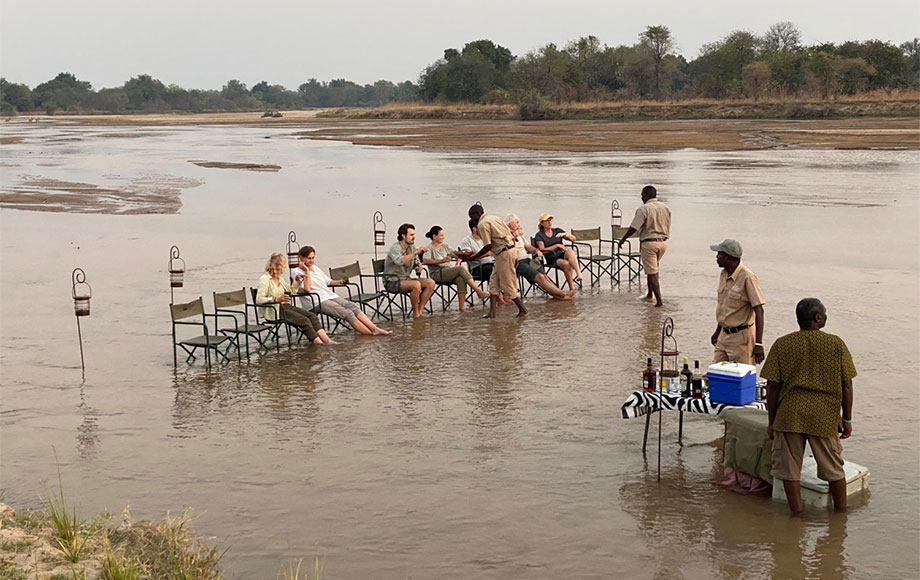
Sadly, the time came to leave the South Luangwa national park and our new friends Prince and Suzio and all the crew. At the bush airstrip we waved goodbye as our privately chartered Cessna caravan took off into the wide blue African sky directly to our next destination – the beautiful Lower Zambezi National Park.
We flew over tawny landscapes with their dry riverbeds and small, huddled villages, and then over the rugged mountains of the Zambezi Escarpment before descending to the bush airstrip at Jeki. As we exited the plane our new guides were there to meet us with broad smiles – Charles and Nevers – and we piled our luggage onto the waiting land cruisers. Once at the Zambezi a motorboat was waiting for us and we sped upriver, passing pods of surprised hippo, on our way to Potato Bush Camp, our new home for the next 5 nights.
Potato Bush Camp is built from steel frames, wood and canvas and is airy and open with majestic views over the vast Zambezi. A raised wooden boardwalk leads to the four tented suites, each with spacious bedrooms, sitting area, outdoor veranda and private plunge pool facing the river. The fourth tent is a two-bedroom family suite, with two ensuite bathrooms, a central sitting room, wide veranda and plunge pool.
The heart of the camp is the central bar, lounge and dining area which is open on three sides and faces the river and offshore islands. Drinks were always available at the bar where Marlan held court, producing a range of wonderful cocktails. We could relax on the comfy sofas in the sitting area with its photographic coffee table books or outside by the fire or under the trees overlooking the fast-flowing Zambezi. The fabulous meals were a la carte and served in the dining area where every taste, whim and dietary need was taken care of.
There was a wealth of activities to choose from at Potato Bush. We went on game drives and game walks, out on the boat fishing for the fabled tiger fish with a specialist guide, and took sundowner boat cruises on the river. But the highlight at this camp is canoeing the Chifungulu Channel. This famous channel starts just 100 metres down from camp, runs slightly inland and alongside the Zambezi before swinging around to join the main river again after 12.5 kms. It teems with big game – hippo, crocodiles, buffalo, elephant and kudu. Some of our group even saw a leopard on the riverbank. At the same time, it is tranquil and idyllically beautiful, with cool green overhanging trees and water birds like stately white egrets, grey herons, black winged stilts, hadada ibis, and African jacanas stepping through the water lilies. The sturdy and stable Canadian canoes are each paddled by a canoe guide and we sat in front, free to watch and photograph the magical scenes unfolding before us.
The Zambezi River offers a myriad of wonderful adventures, from the cool of early morning when all creatures great and small start to get active, to the waning heat of the afternoon when elephants come down to drink or browse at the water’s edge. Big pods of hippo dominate the river, heads bobbing in the deep water or lying out on islands and sand banks, along with lazing crocodiles – their huge jaws ajar to cool themselves, rows of teeth on show.
On night game drives we saw civet and genet cat, mongoose and sometimes leopards. One evening, after watching young lion cubs playing on a dead tree trunk, we stopped for sundowners in an open grassland area. It was already getting dark and the table and drinks had just been set out when our guide Nevers heard the hoarse, rasping call of a leopard. He flashed his torch into the surrounding woodland but couldn’t see anything so we jumped back in the land rover and went in search. Not long afterwards Nevers spotted the leopard at the edge of the trees, obviously on the hunt. We followed for a while but soon lost her in the dark, so we returned to our lantern-lit table in the bush, and our sundowner drinks, conscious of the wild creatures all around us.
Our most memorable wildlife encounter on the Lower Zambezi was with a huge pack of African wild dogs. Small and agile, these very efficient predators can bring down large antelope when there are enough of them, and they can be devastating killers. When we found them they were resting in a forest of large winterthorn trees and we counted 22 in the pack. Some of the dogs were out on patrol and when suitable prey was spotted they called to the rest of the pack which took off at such speed we struggled to keep up with them. By the time we reached them they had killed and eaten an impala, with nothing left of the animal to be seen! The dogs then took off again in pursuit of a large male waterbuck, which has scimitar like horns. Unfortunately he was no match for his pursuers and once caught was killed and eaten within 15 short minutes! It was an emotionally draining experience for all of us, and we had to remind ourselves that this was nature in the raw. African wild dogs are not only an important part of the natural ecosystem, but they are also highly endangered.
Our last day on the Lower Zambezi came around too soon, with sad goodbyes to all the staff at Potato Bush and the knowledge that before long we would be winging our way back to civilization. We descended the steps to the jetty and boarded our boat for the 20-minute return journey back to the airstrip, dodging the now familiar pods of hippos and the many hidden sandbanks. Then from the air we watched this mighty river unfurling below us, dotted with islands and patterned with the dark and light of deep channels and vast shallow sandbanks. For a while we could still see hippos and elephants far below, then we flew higher, and then further and then the river was far away, and just a dream.
More articles
